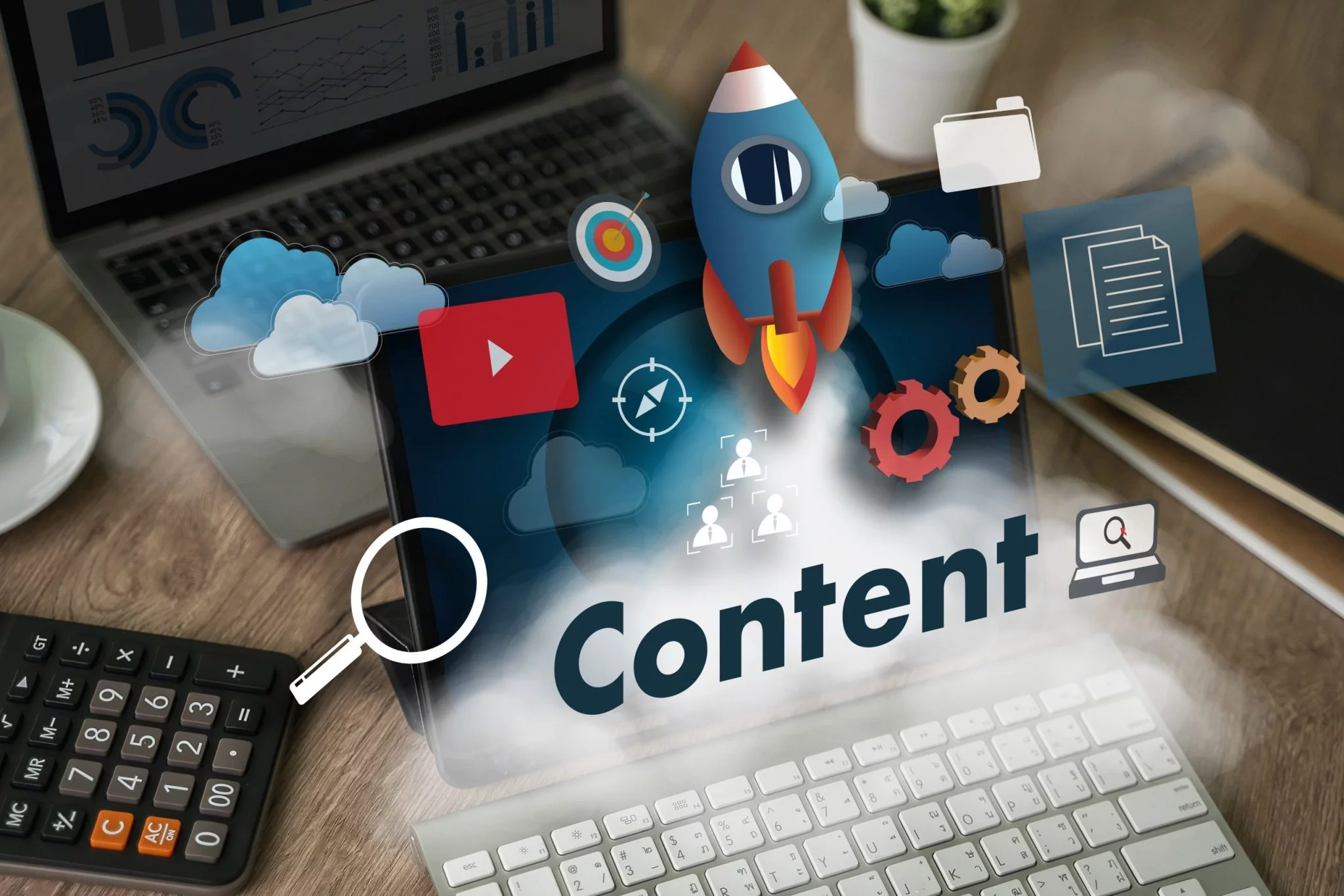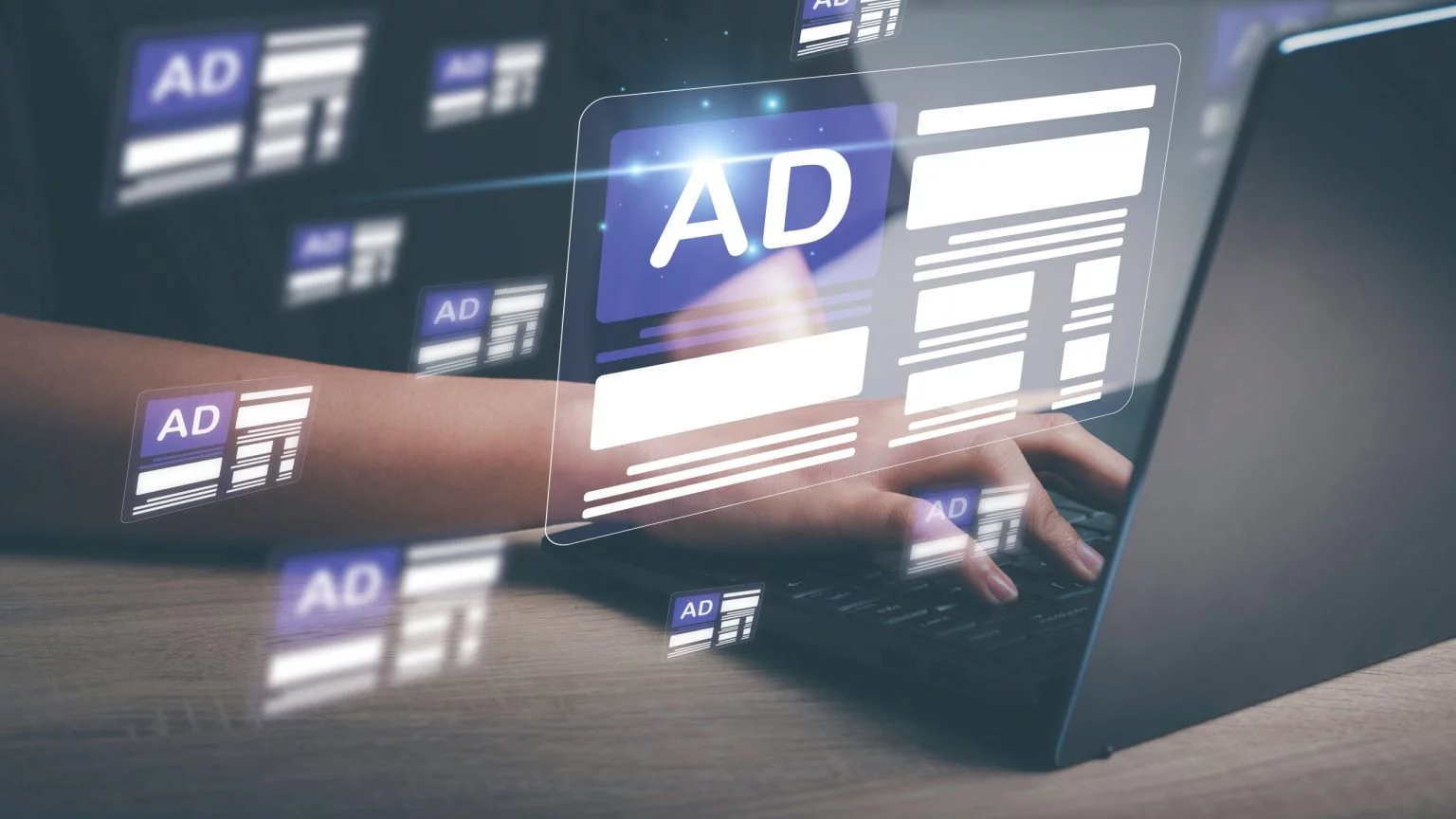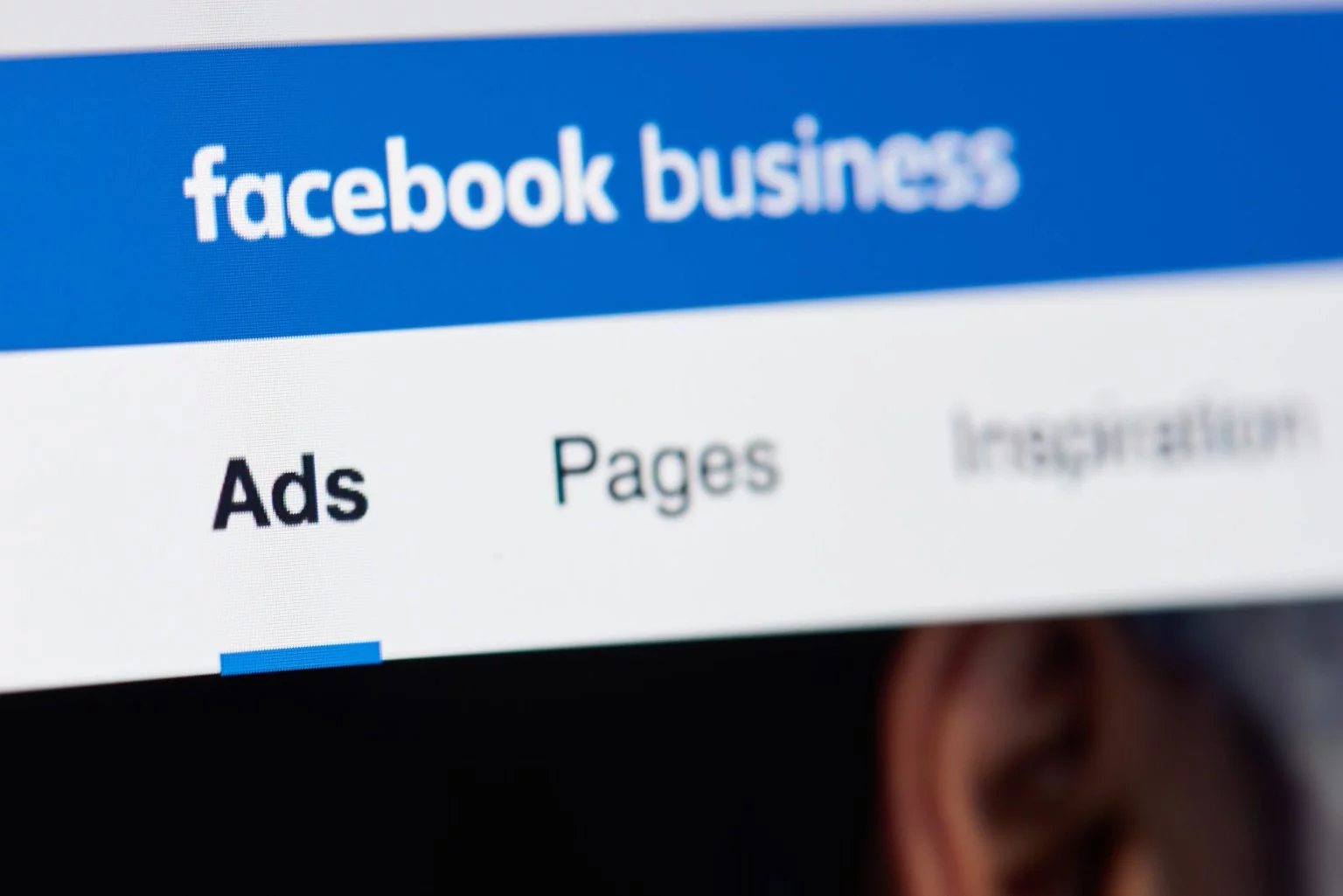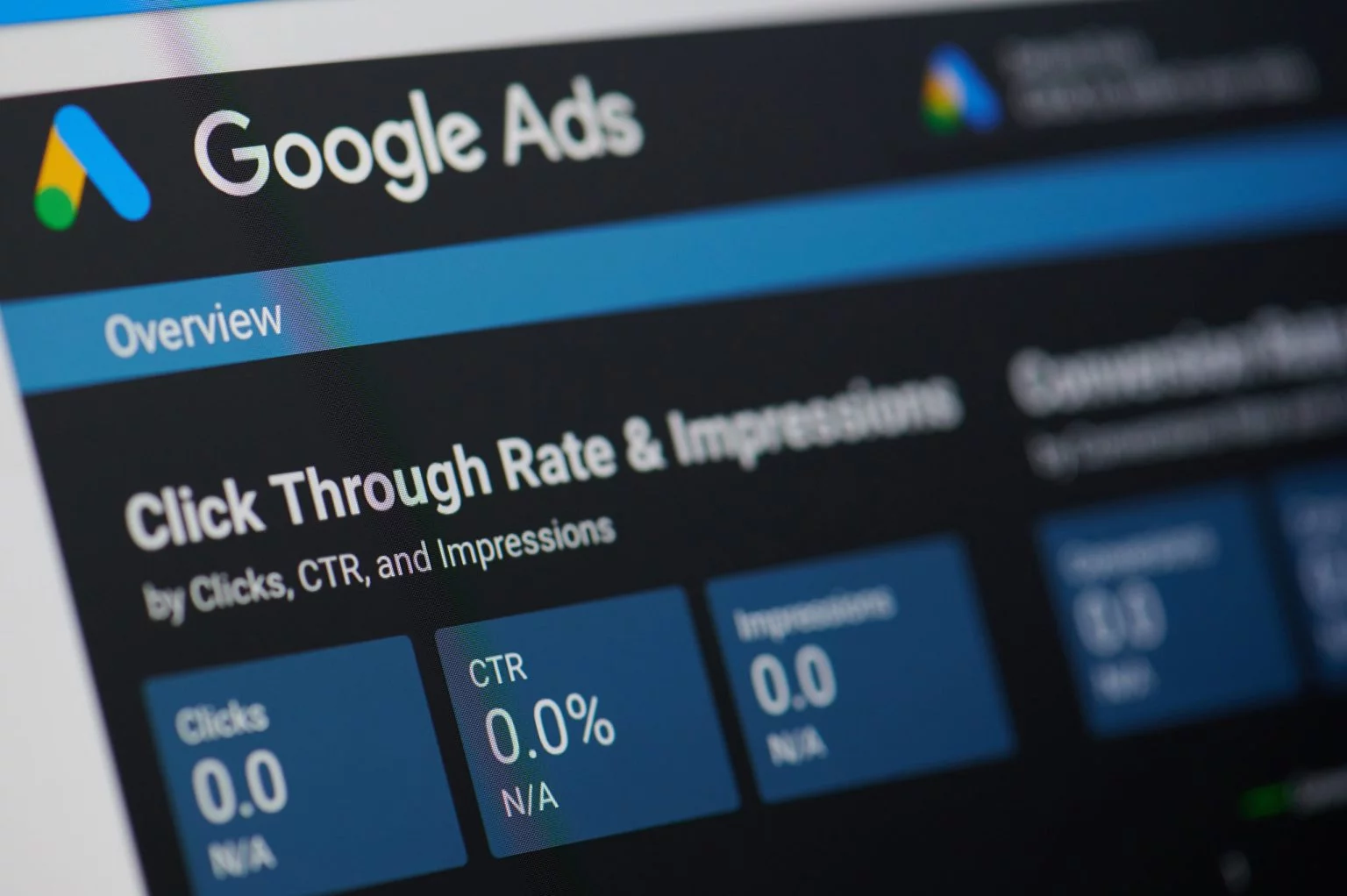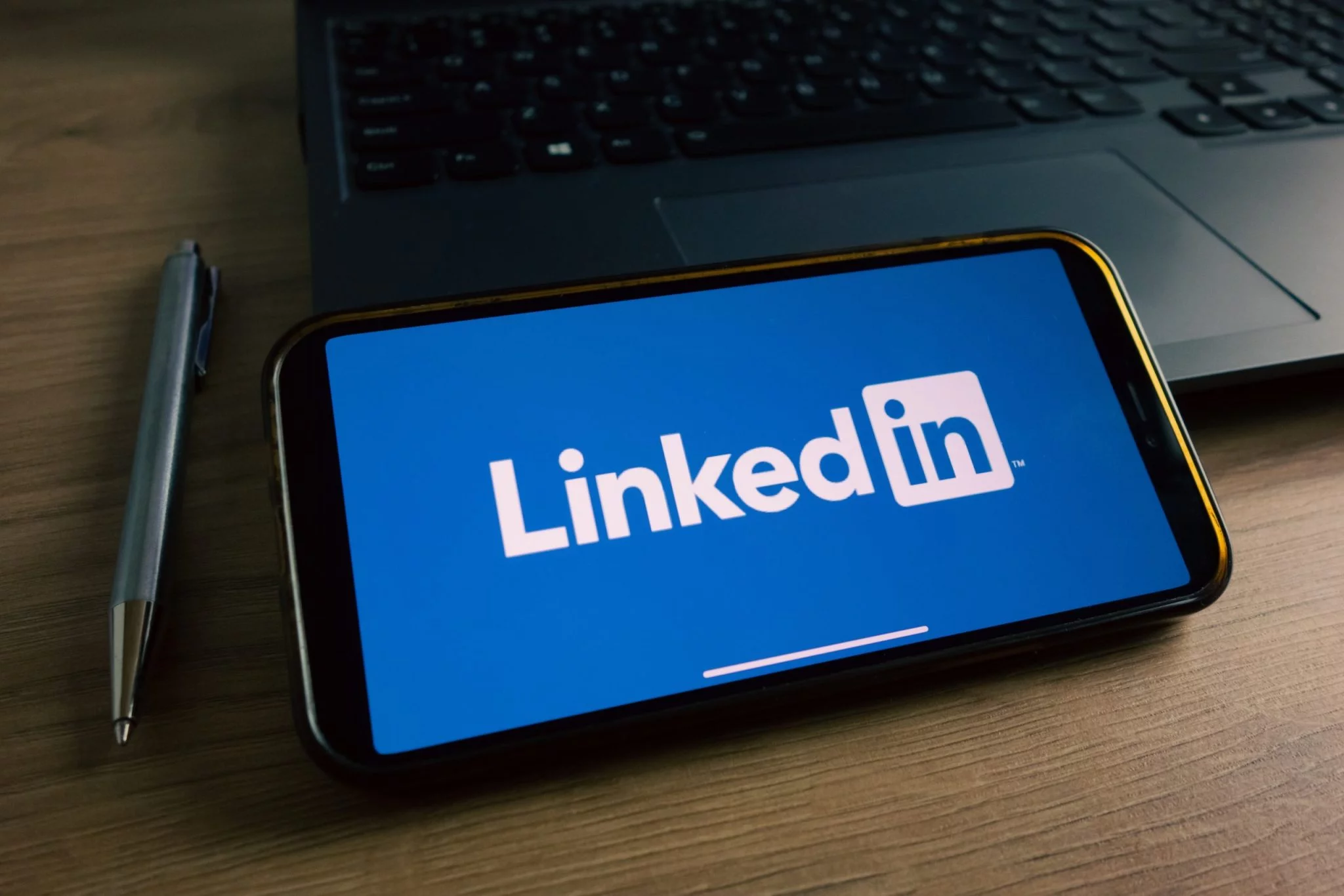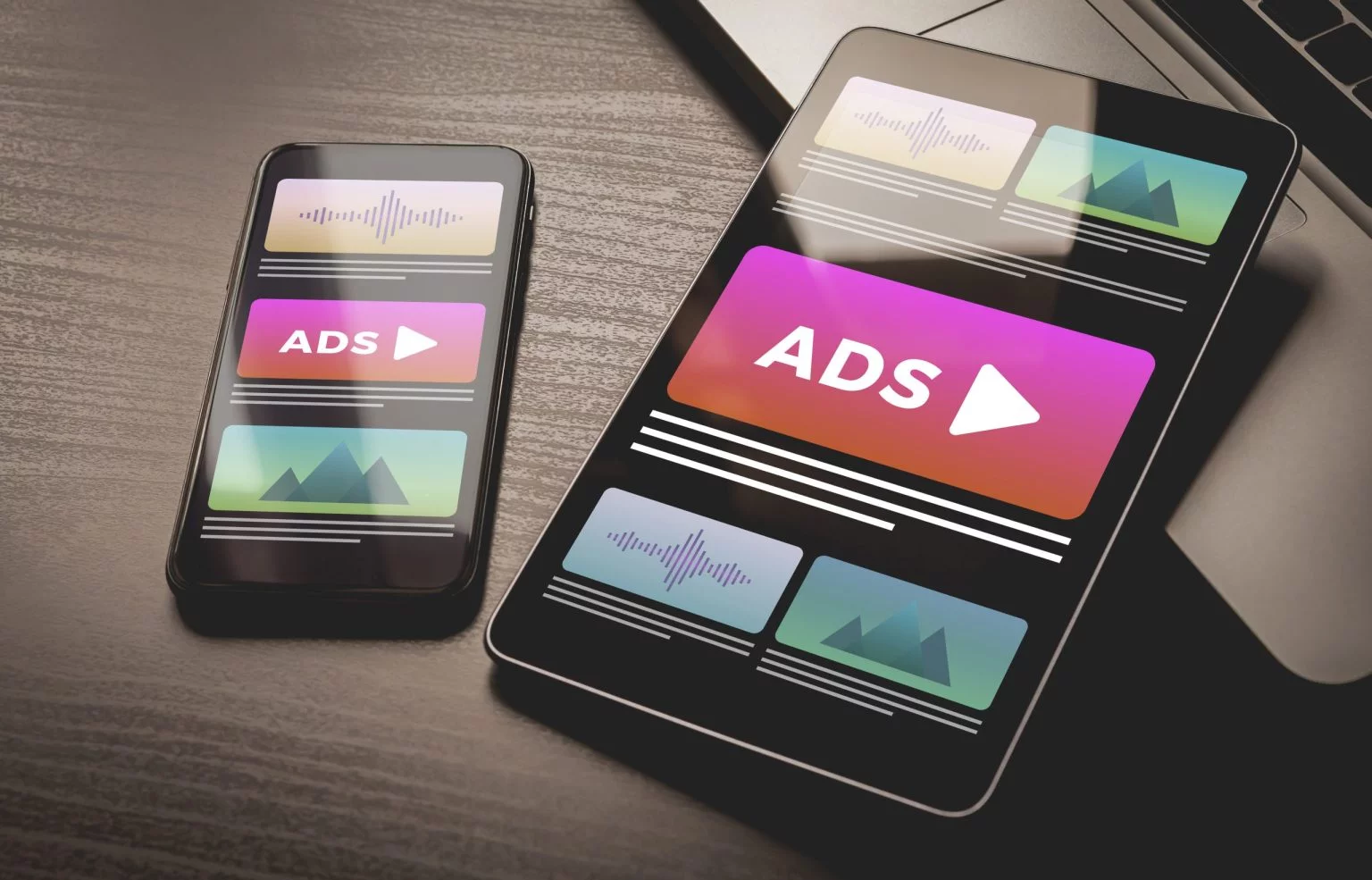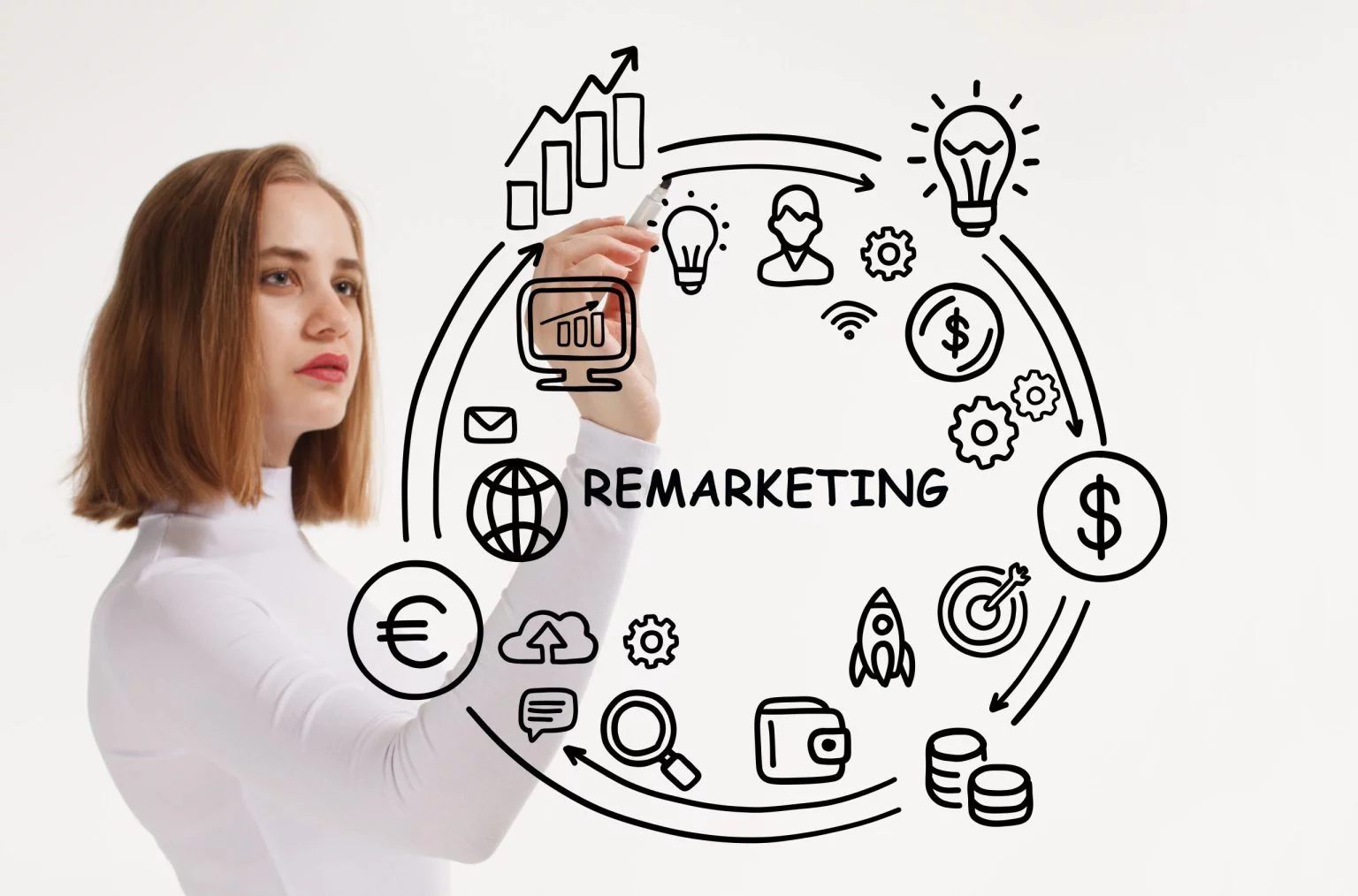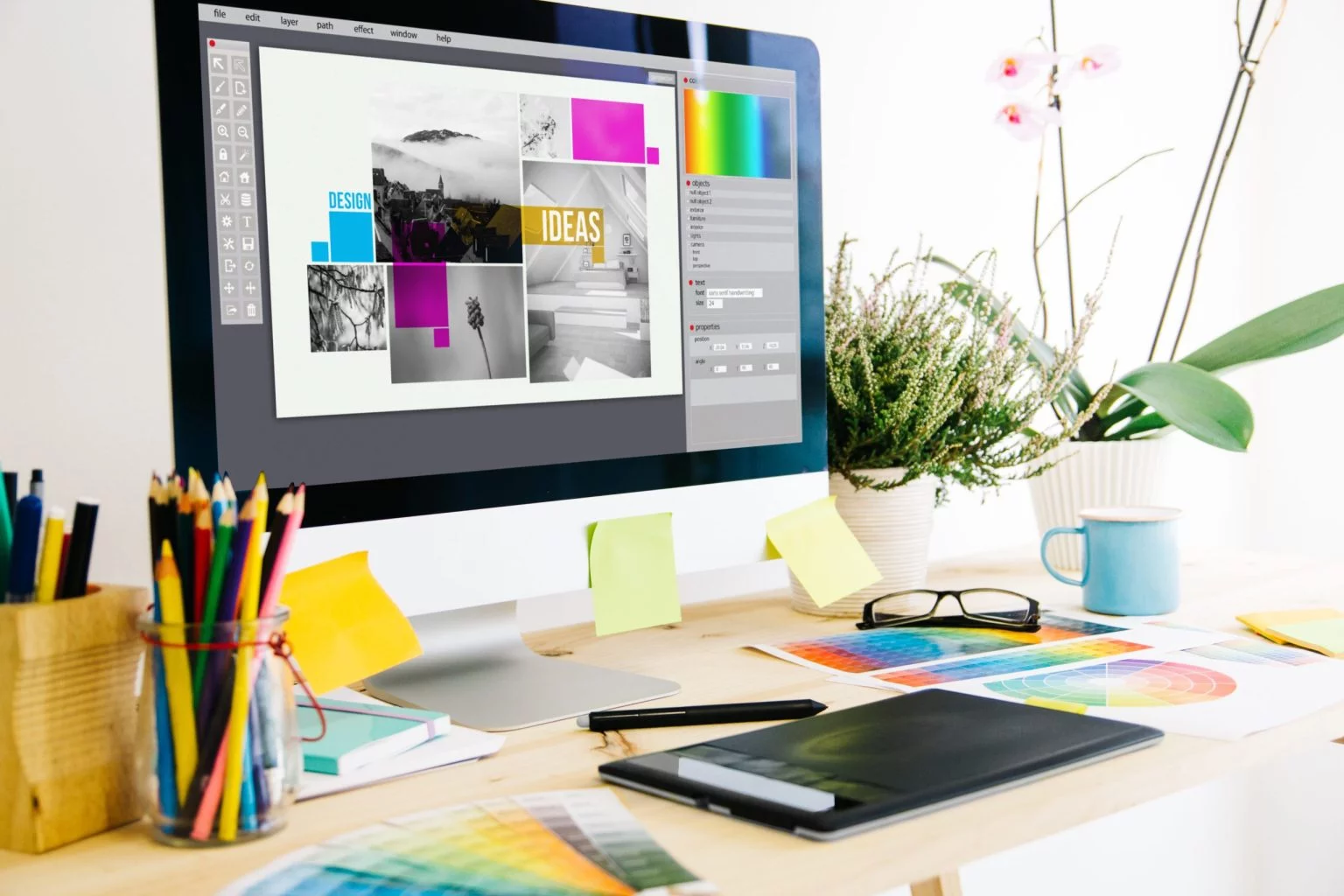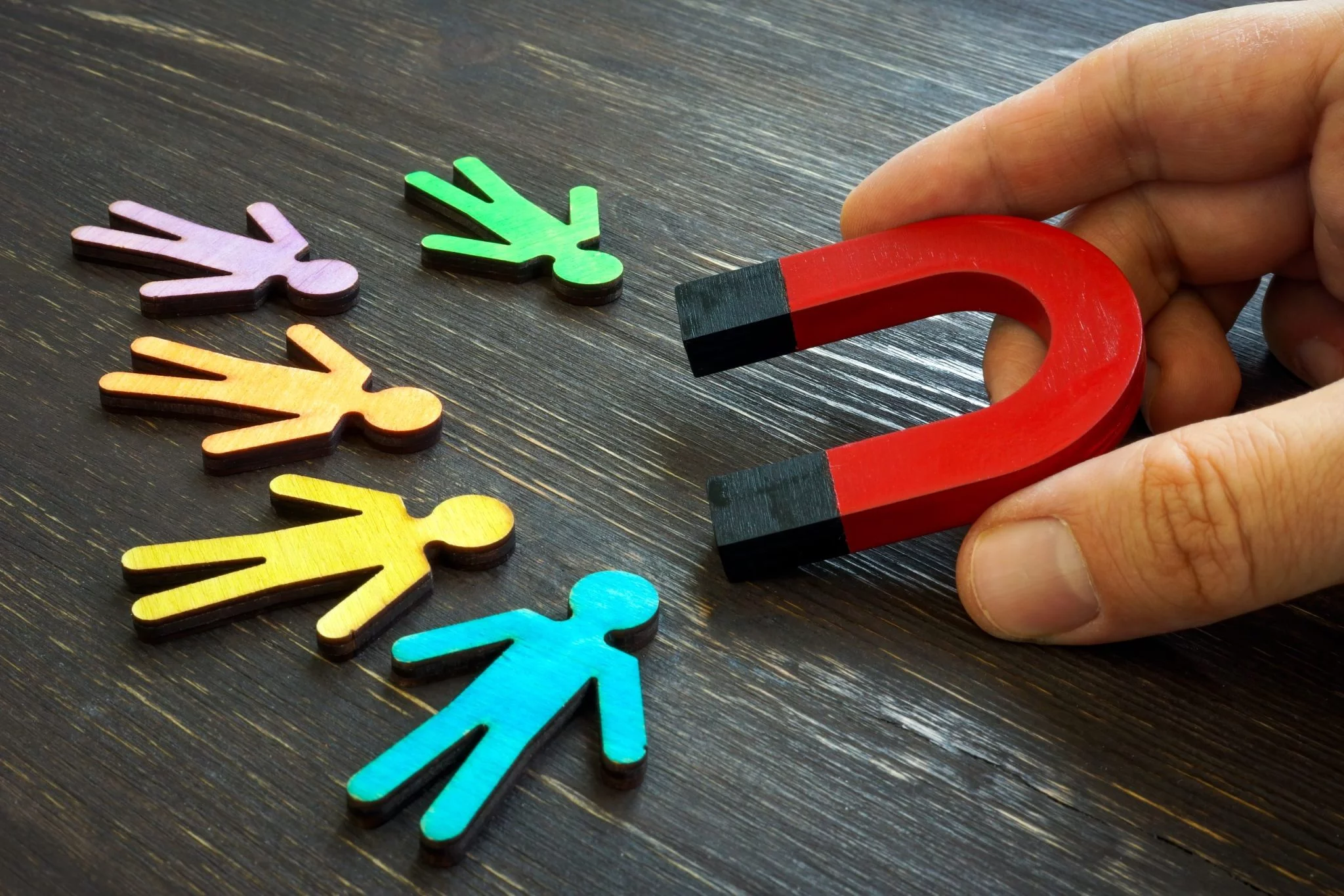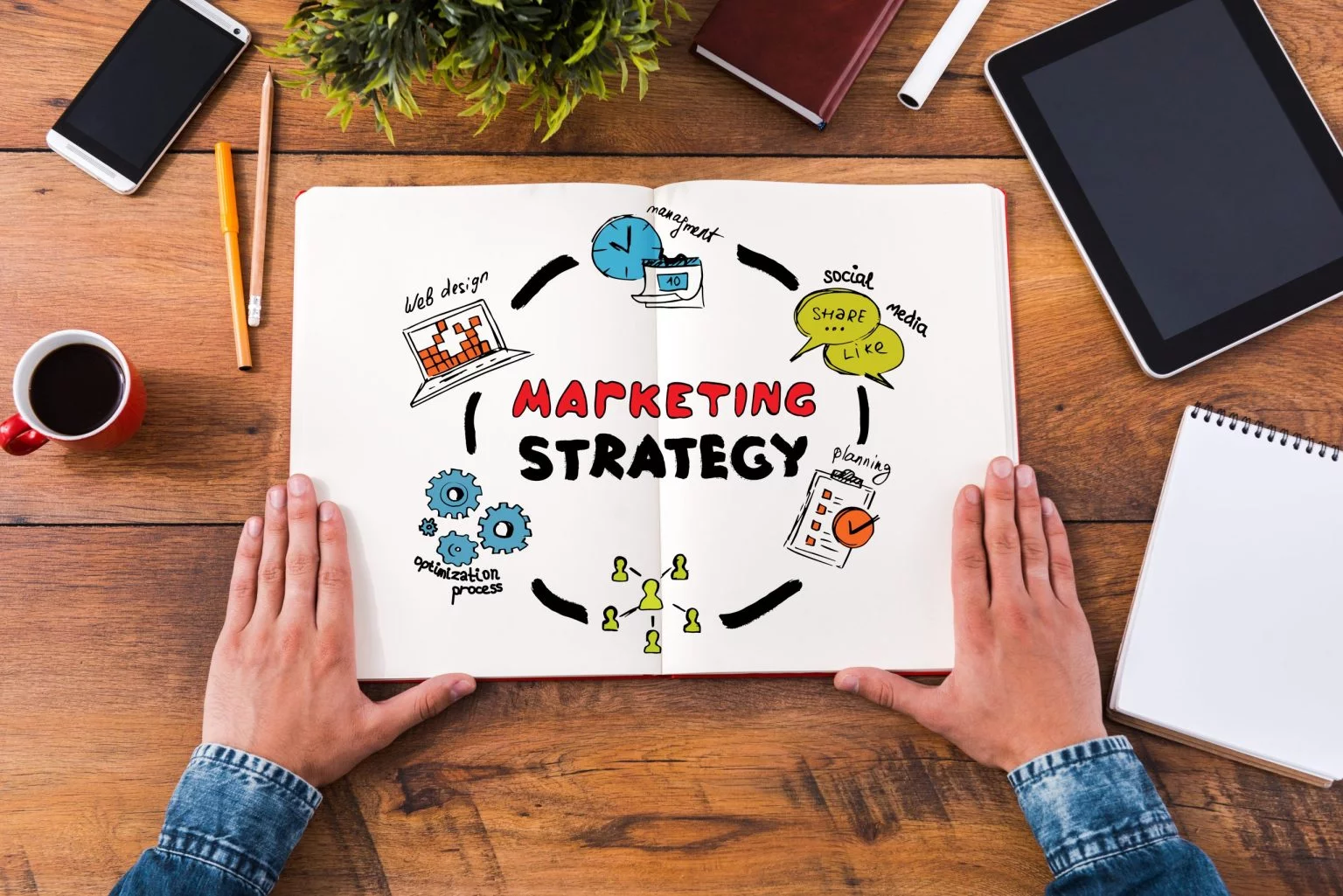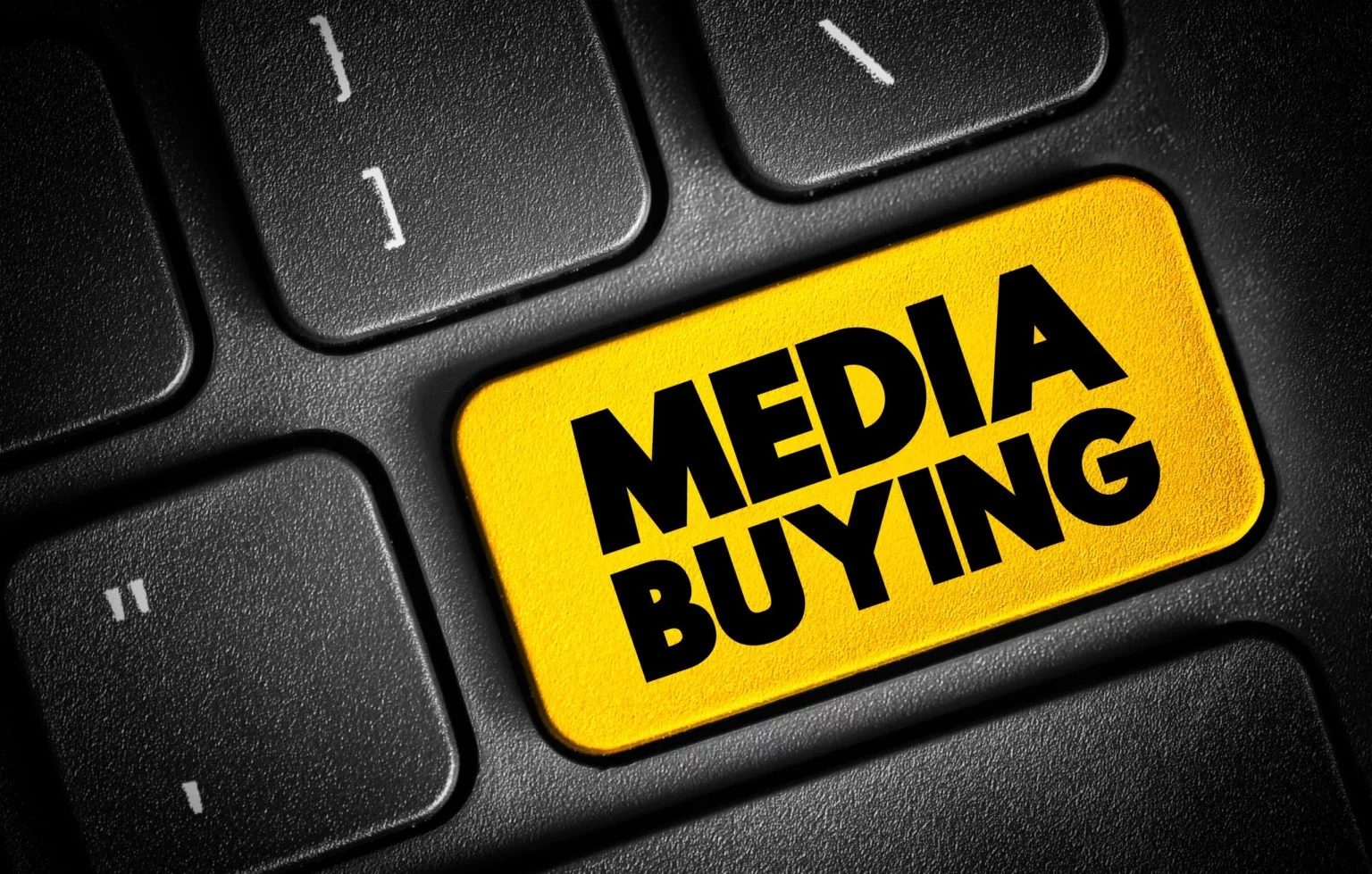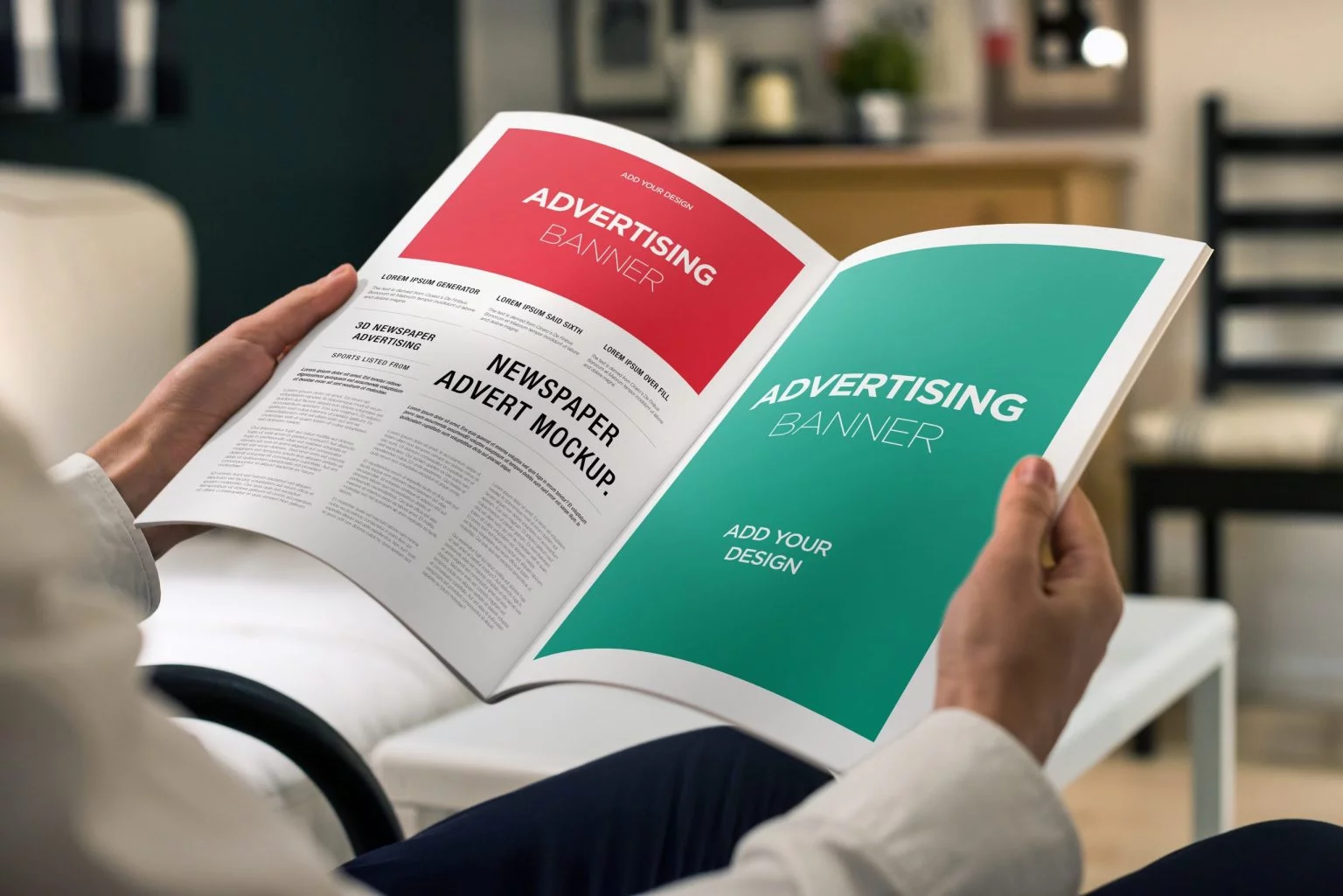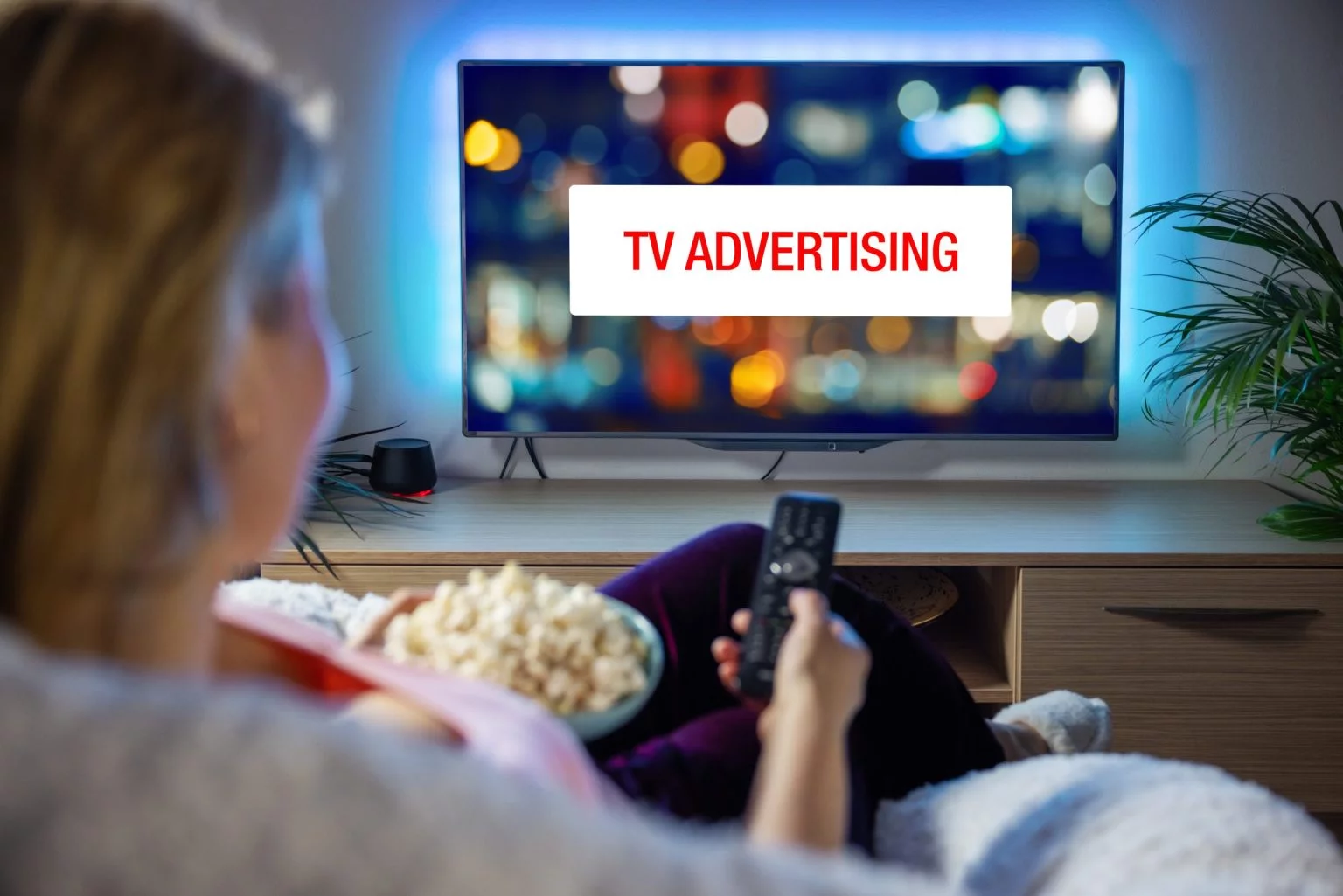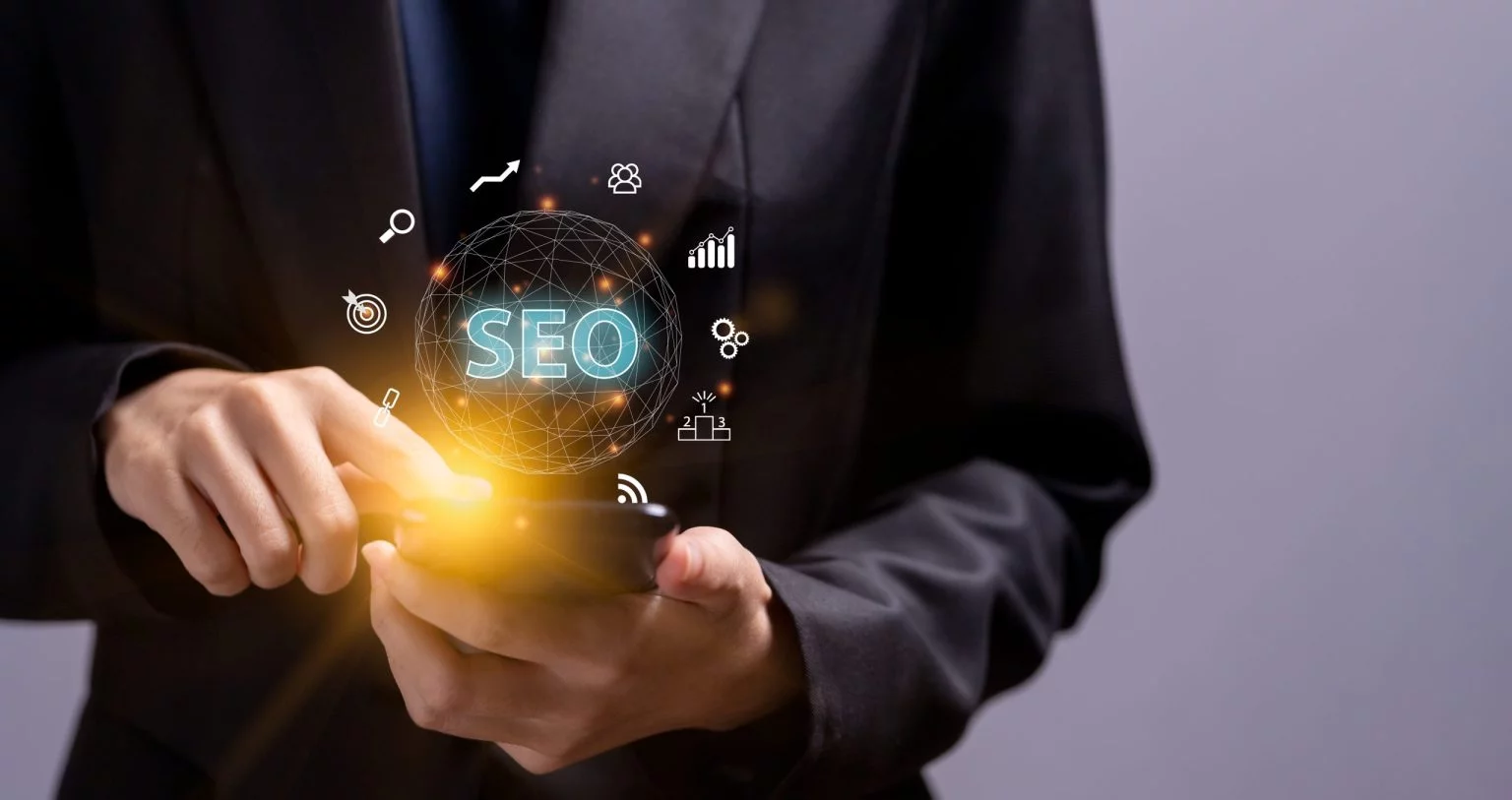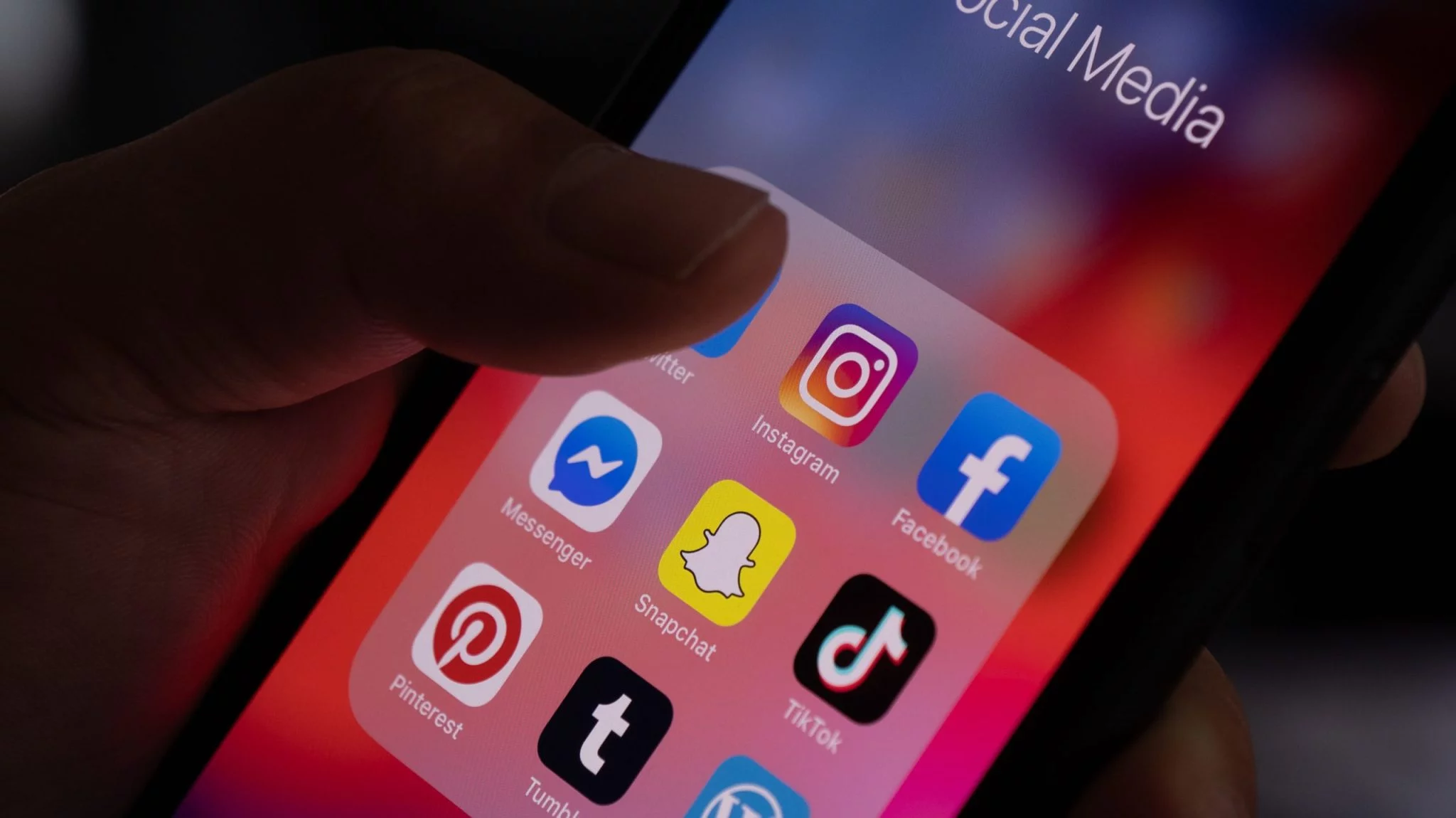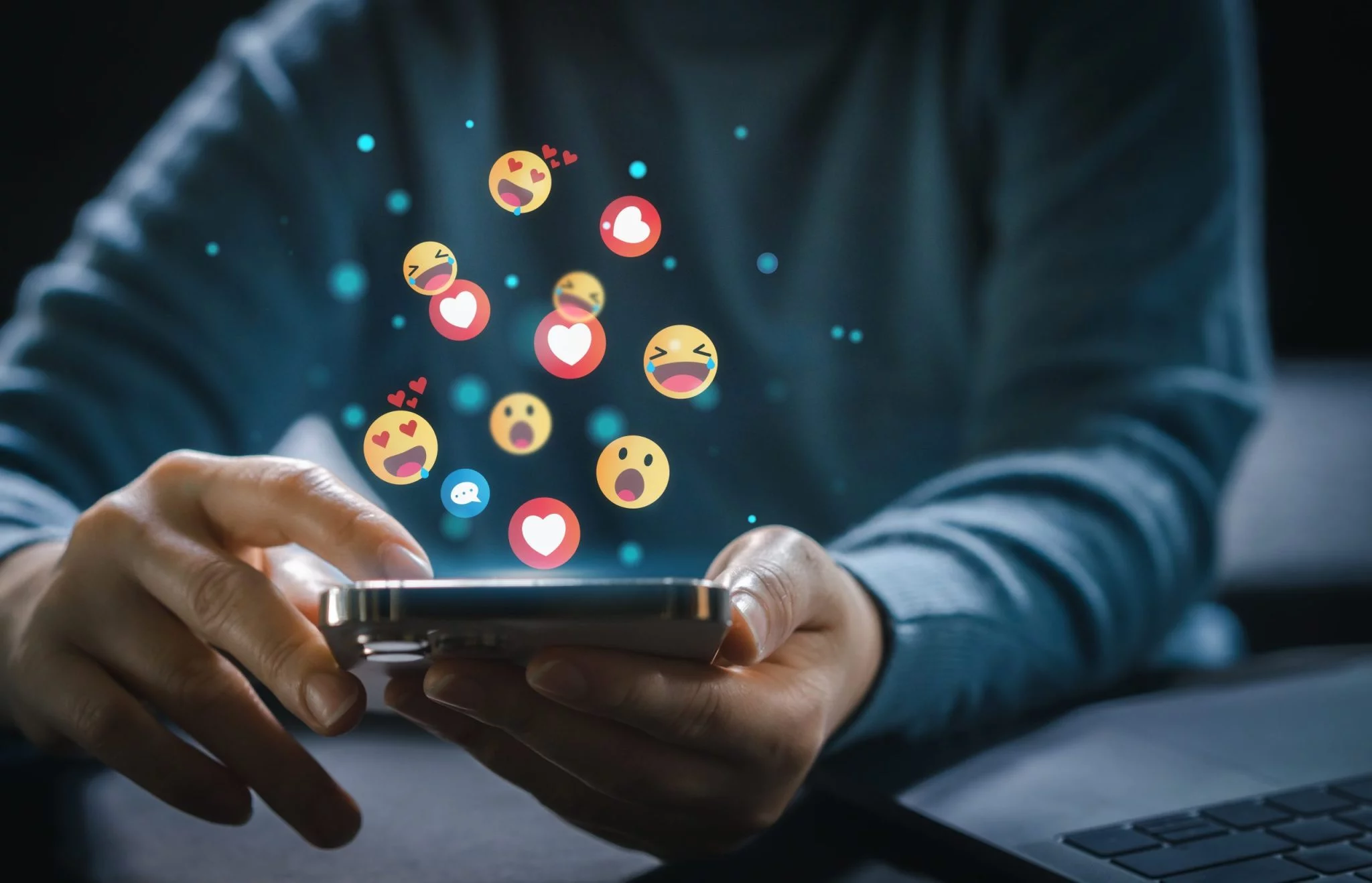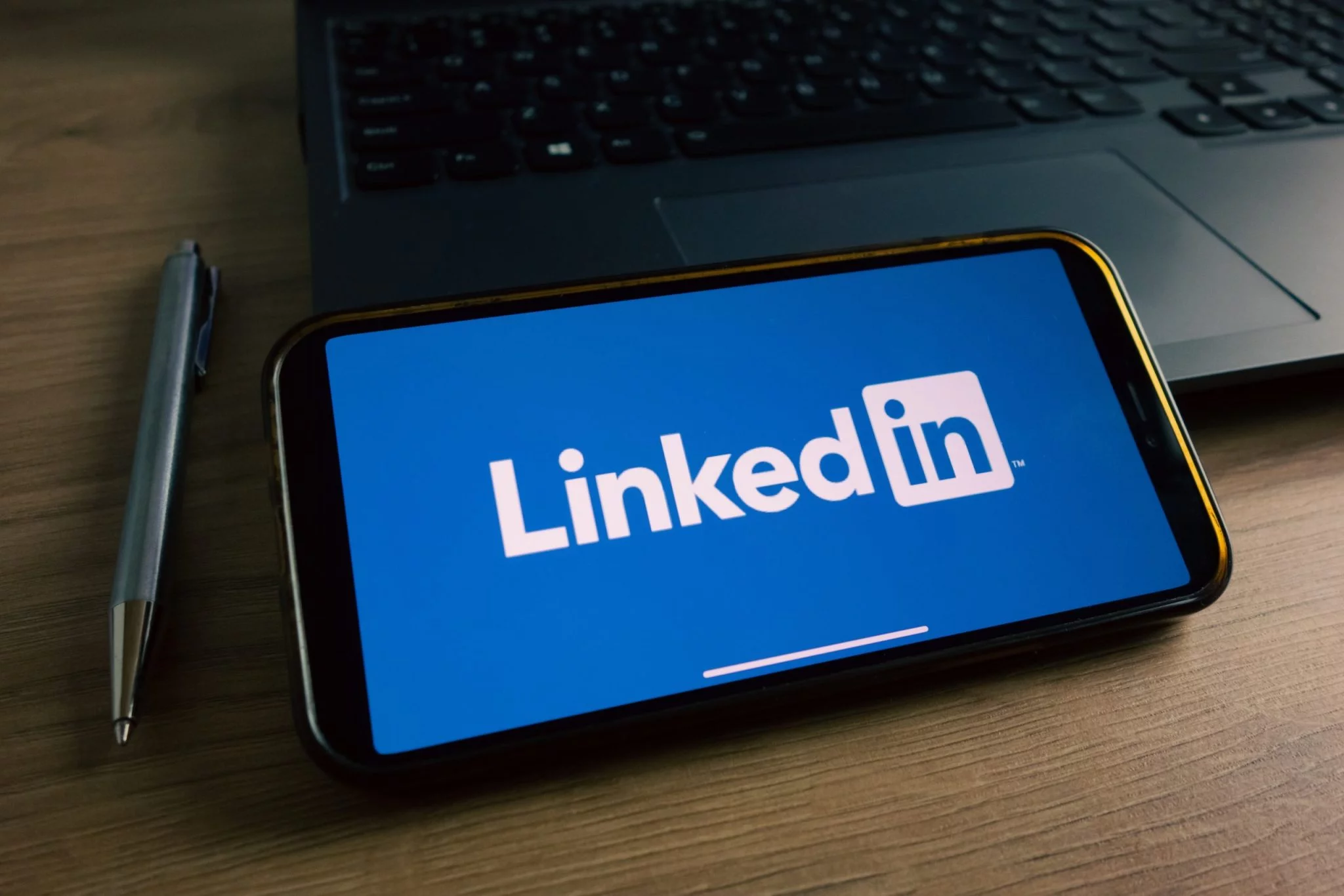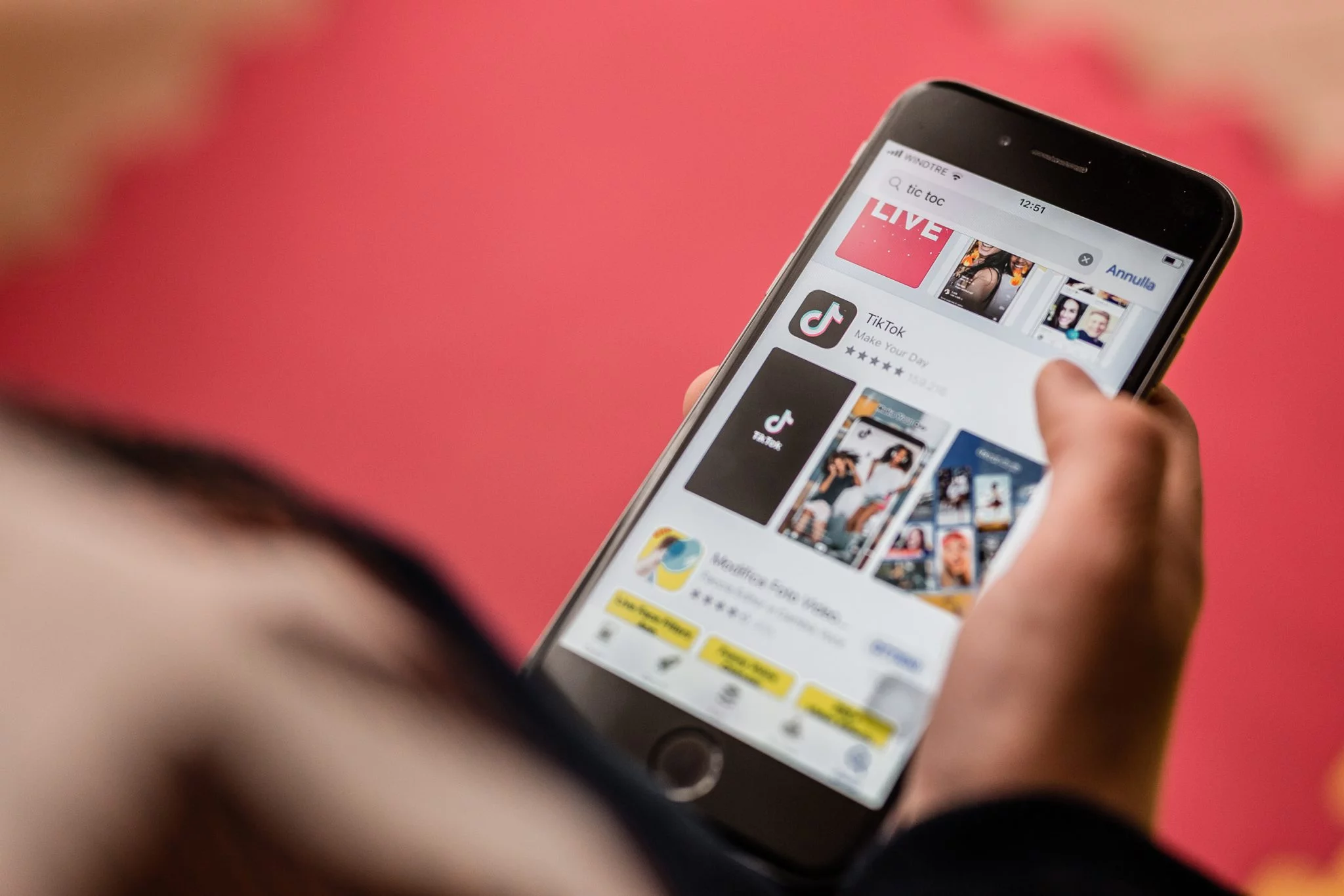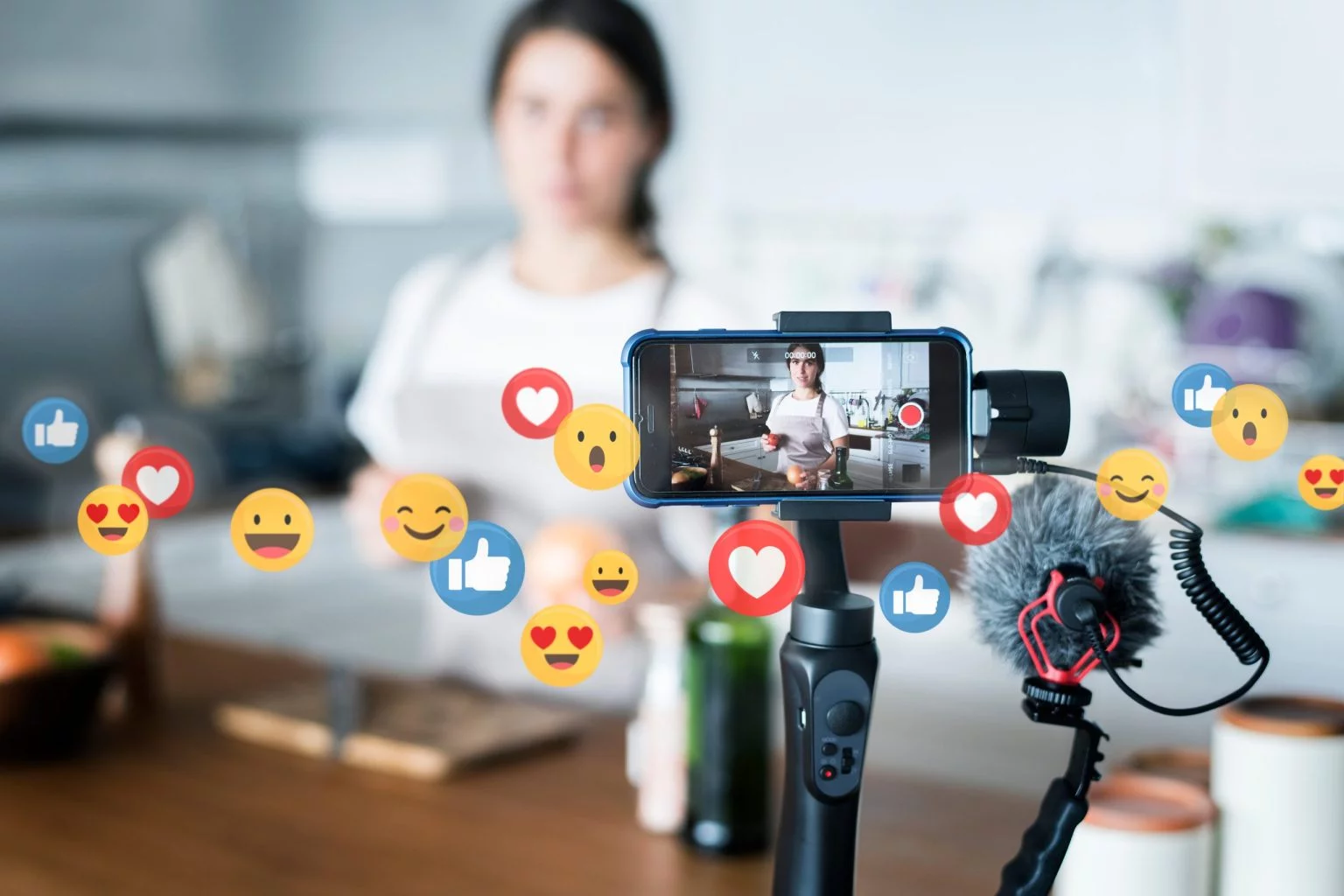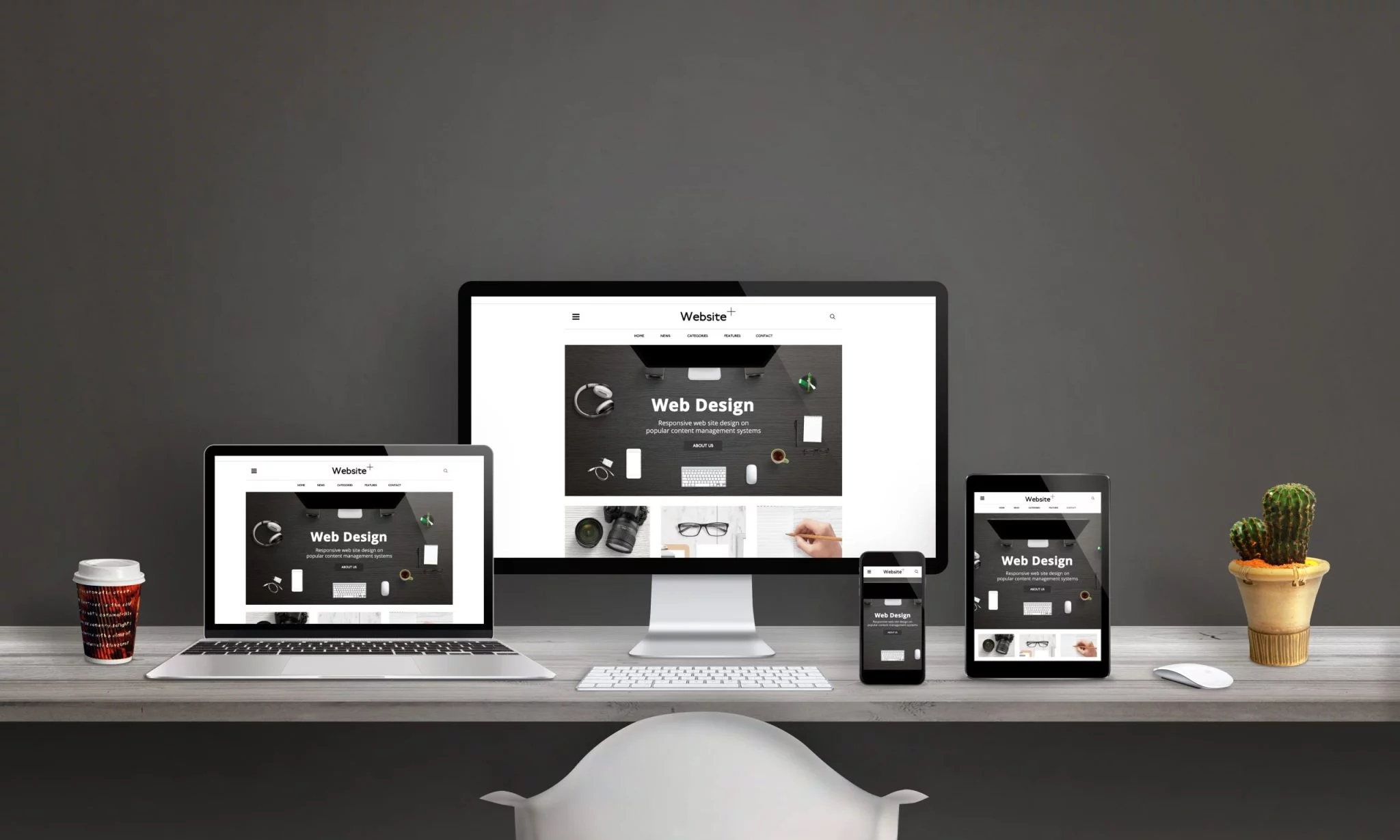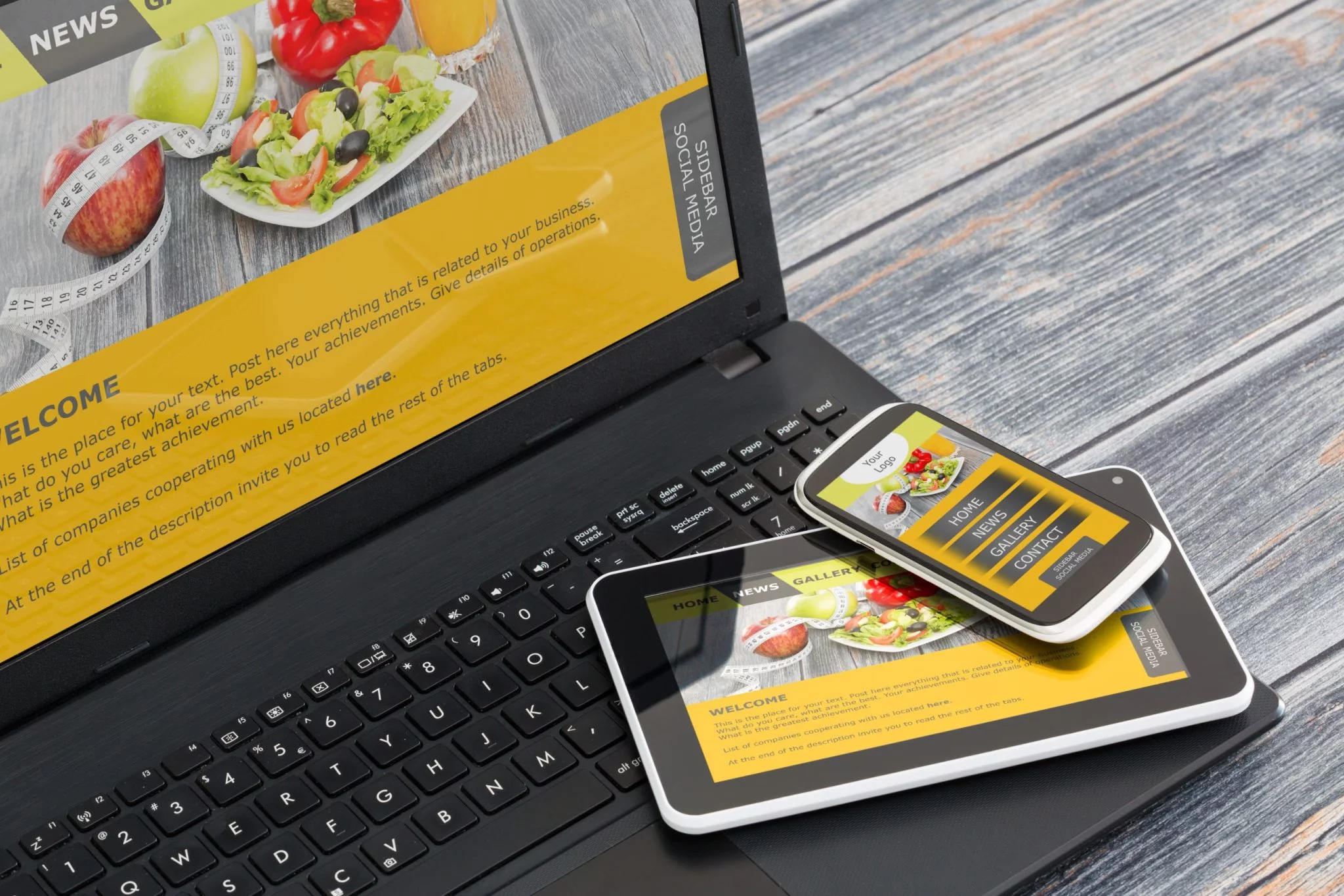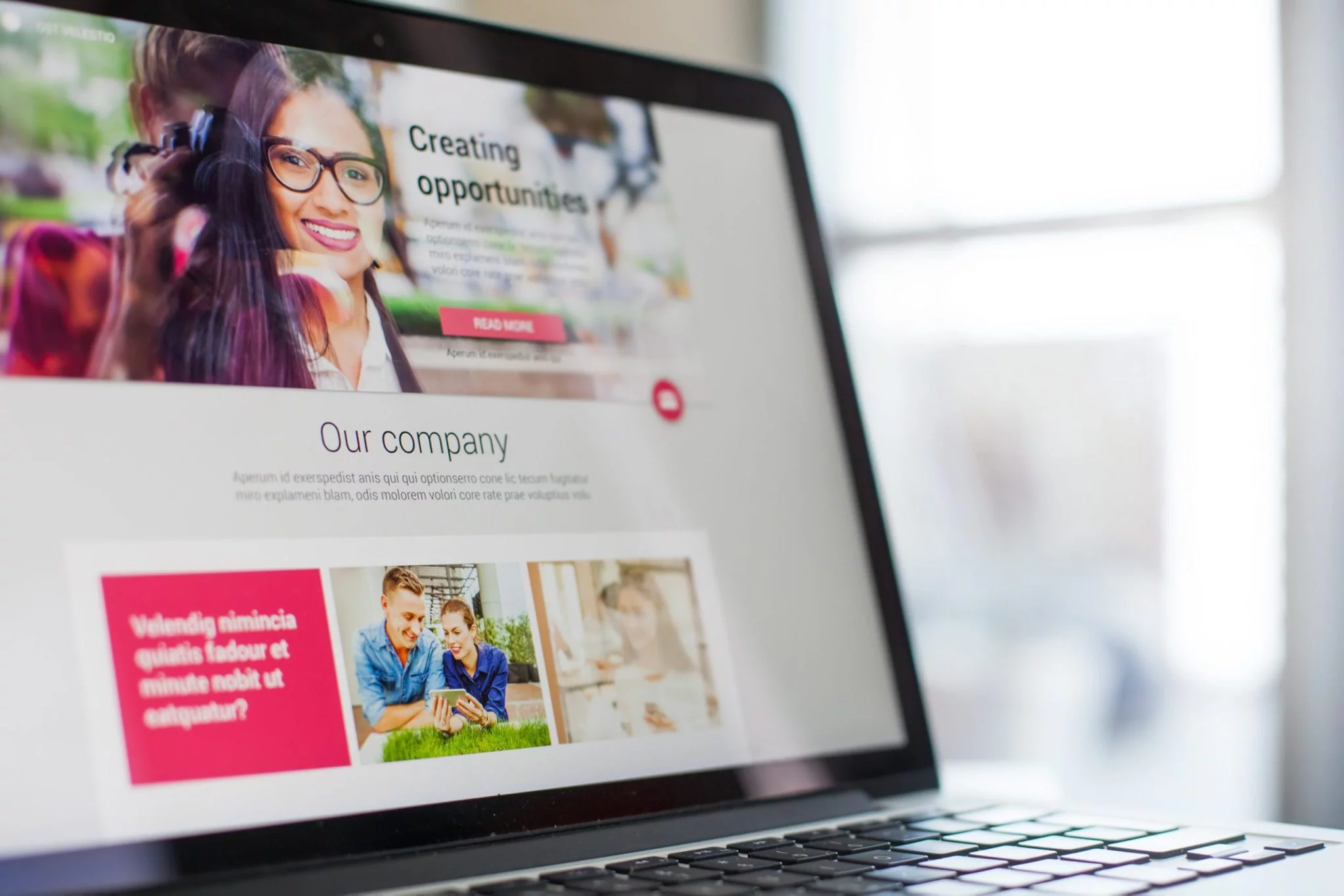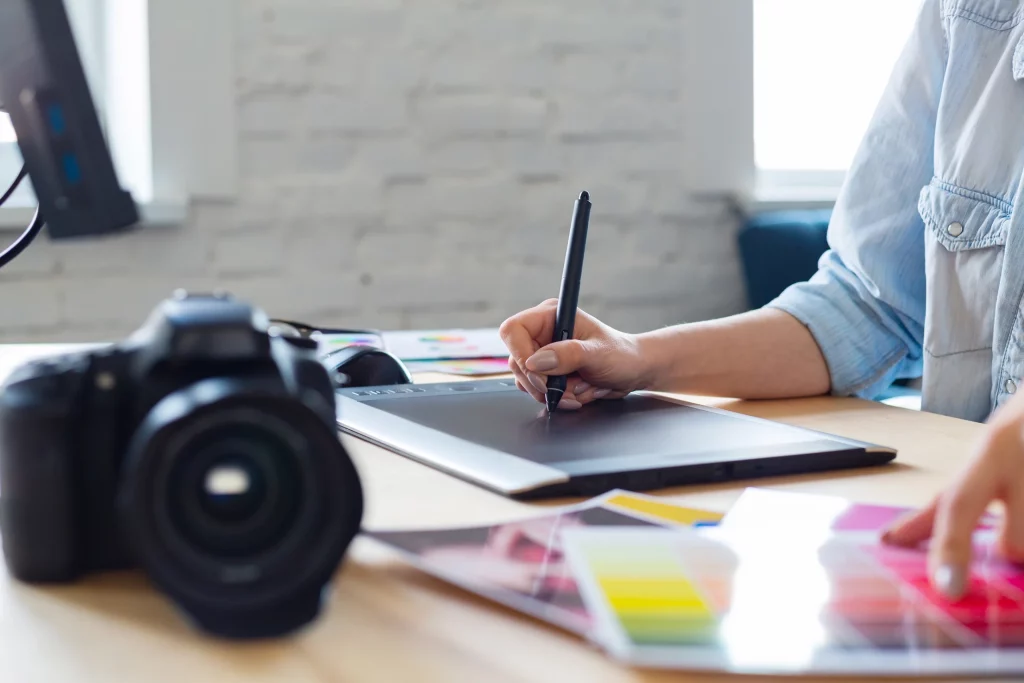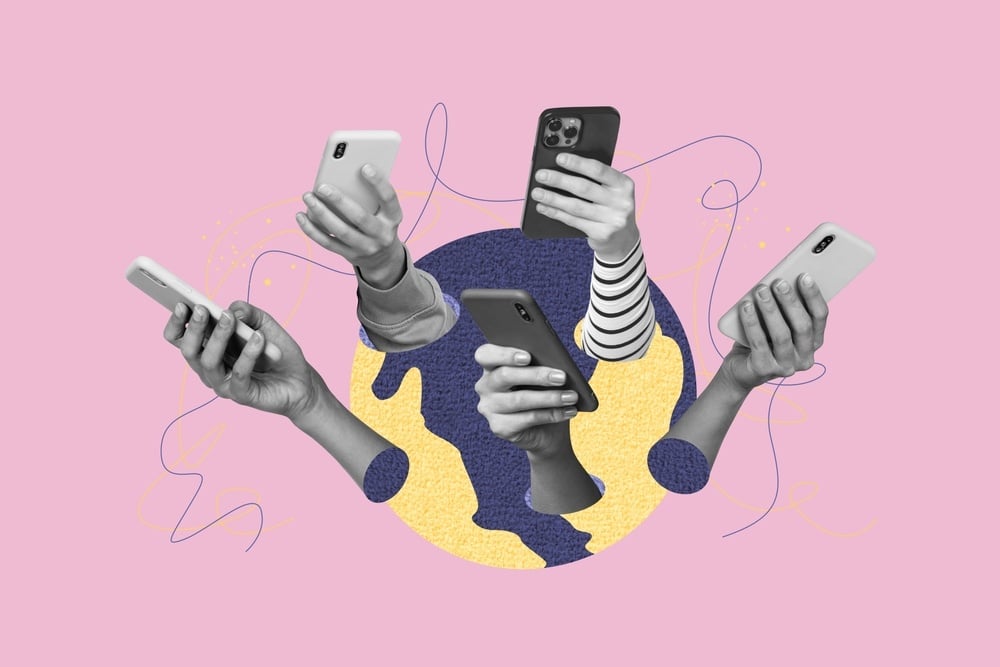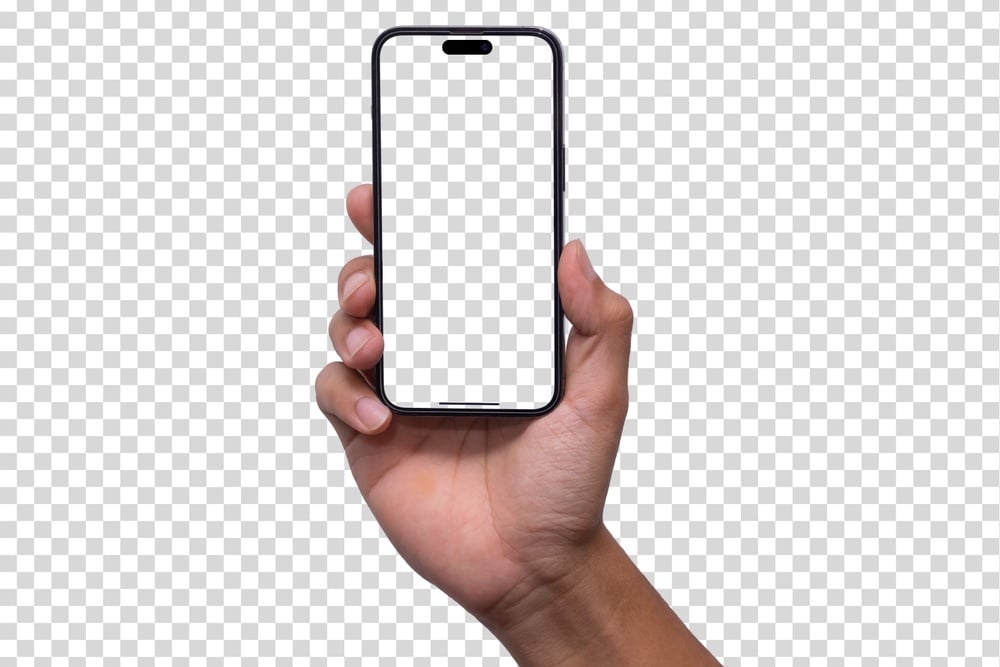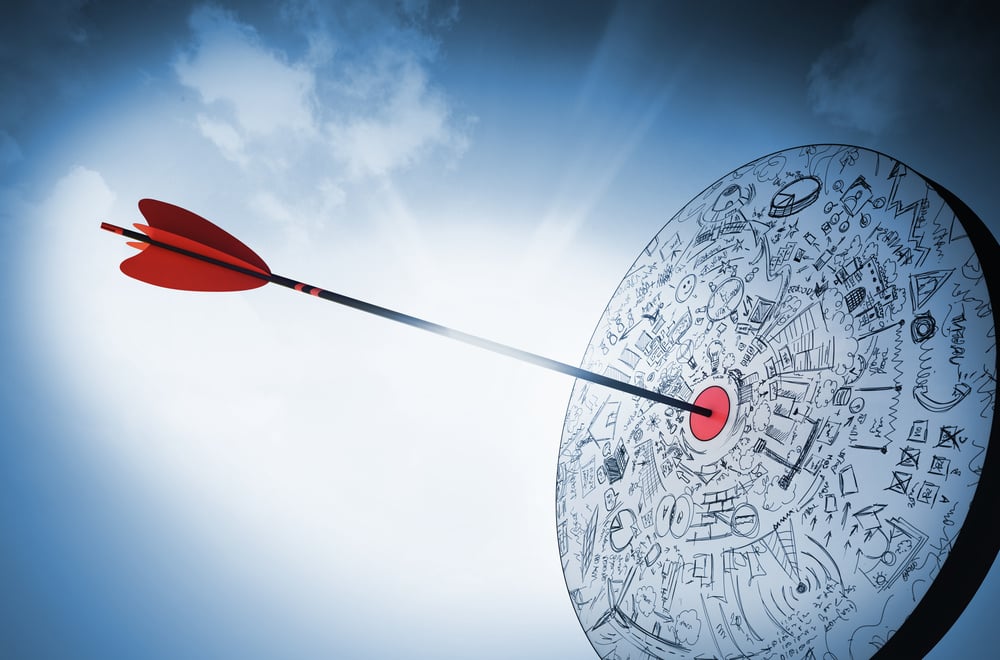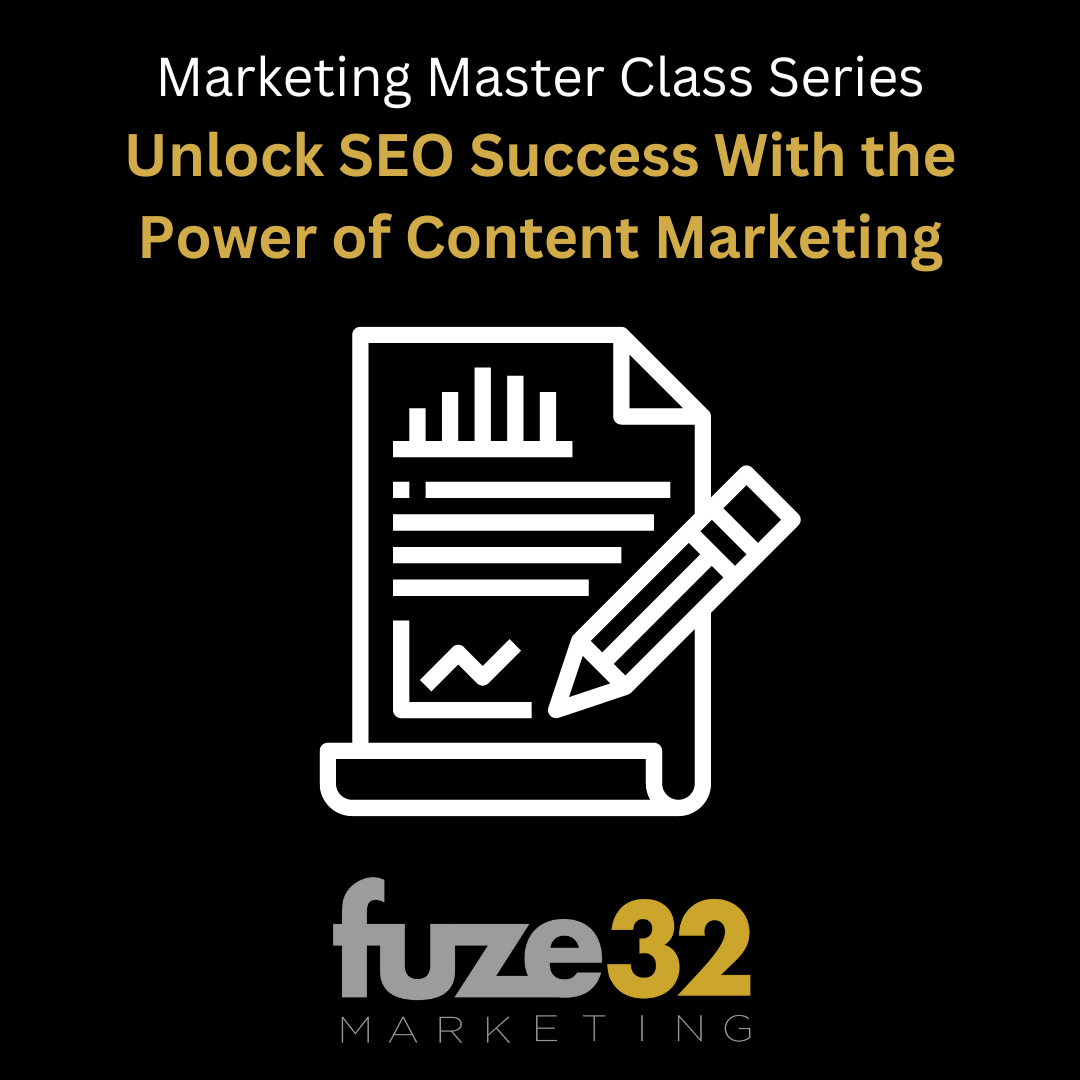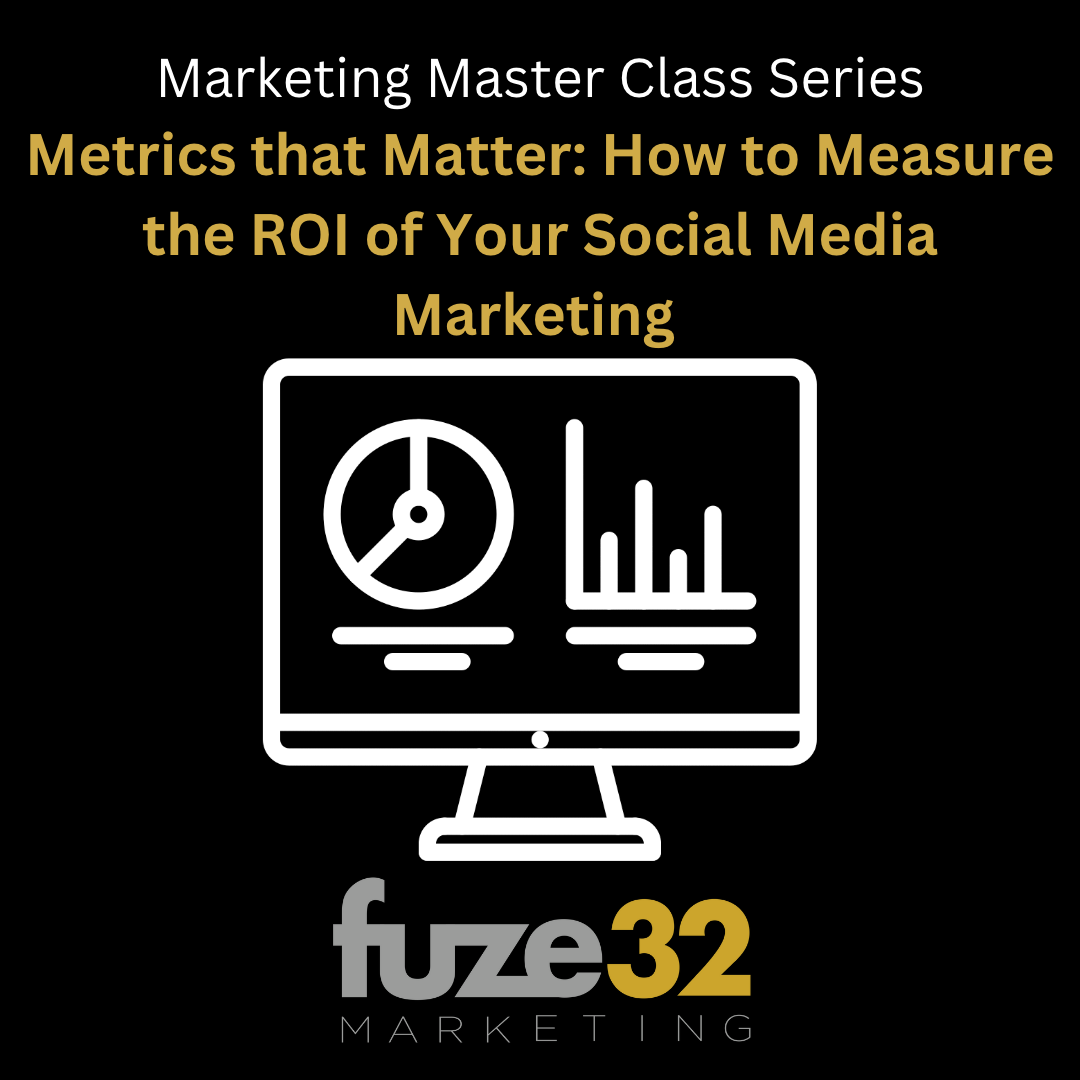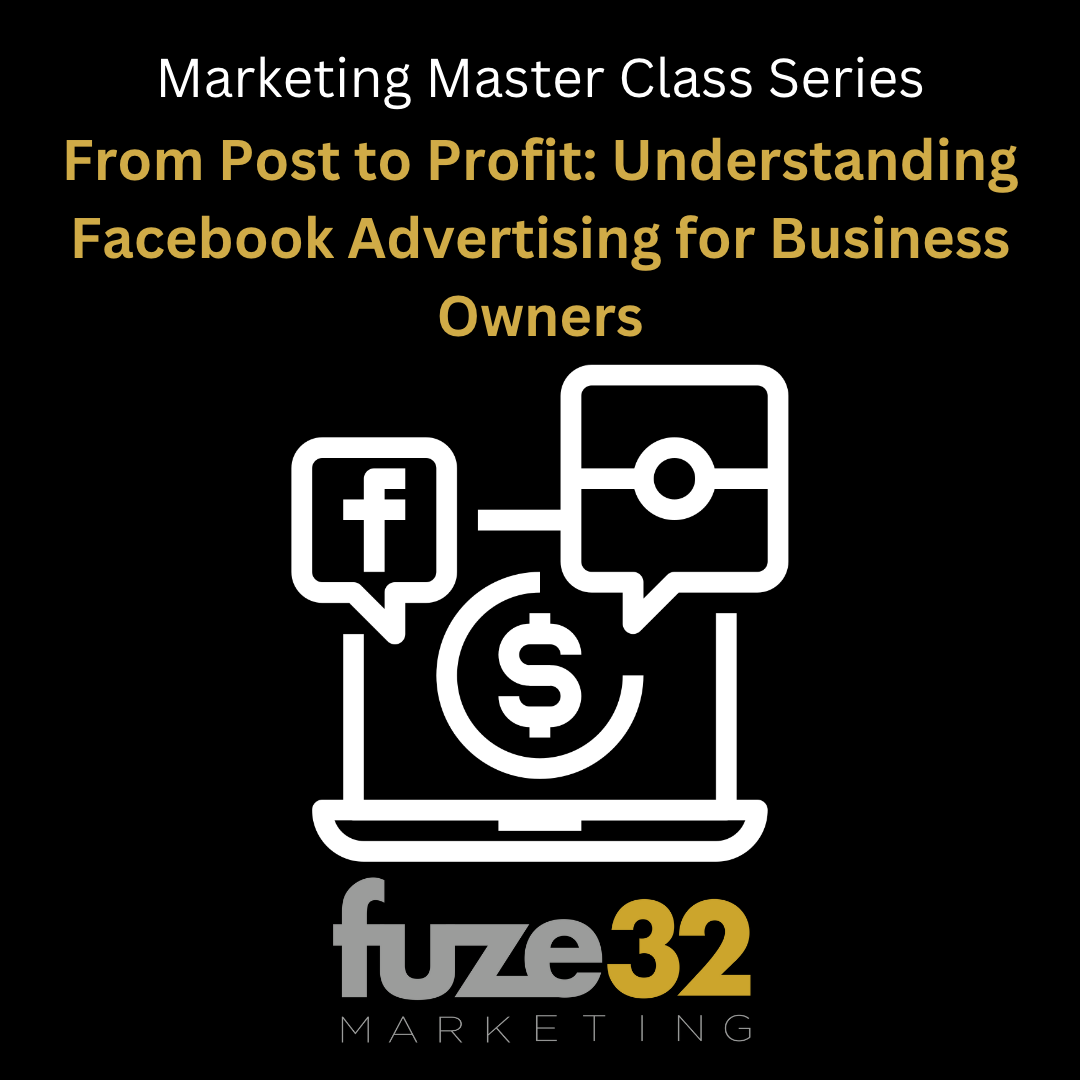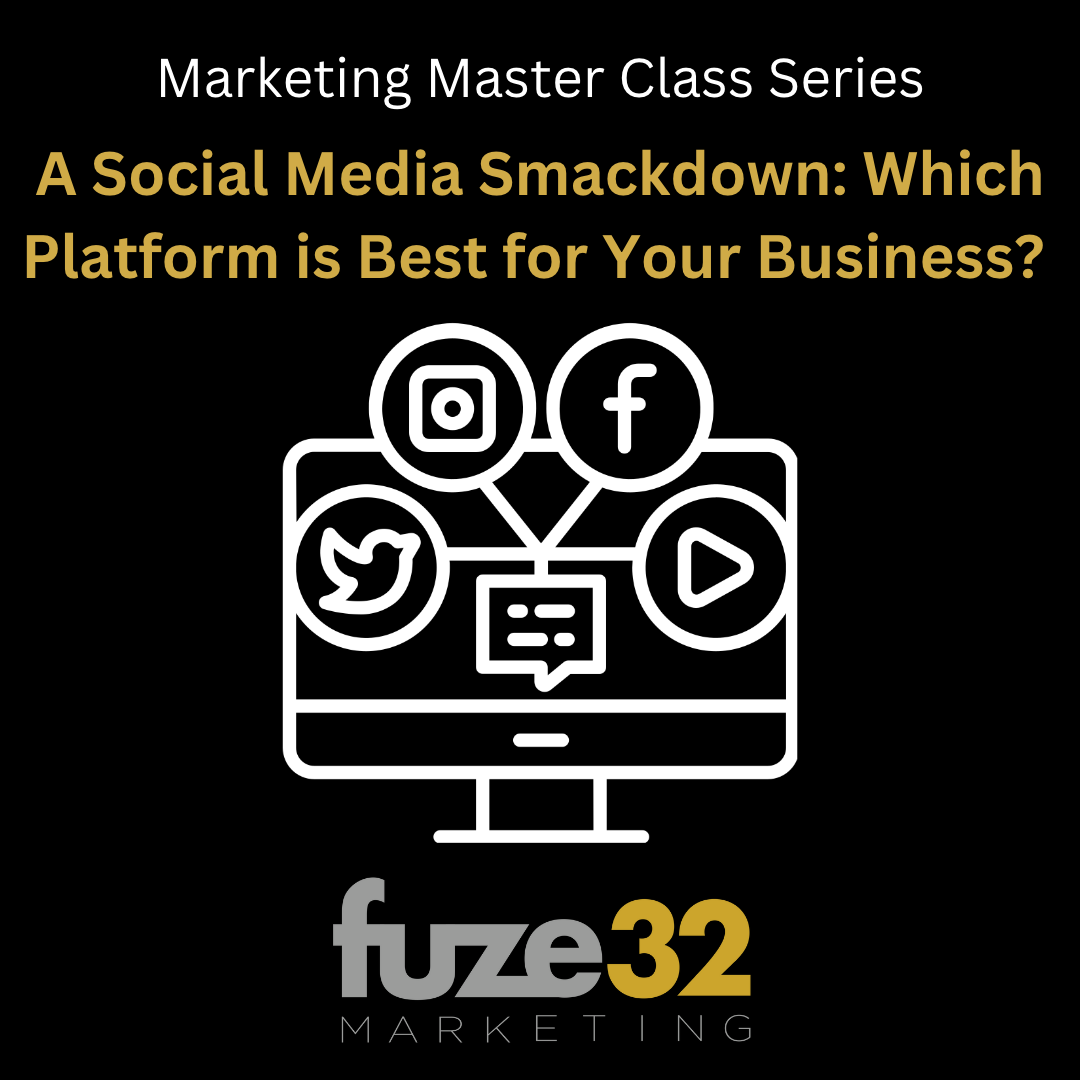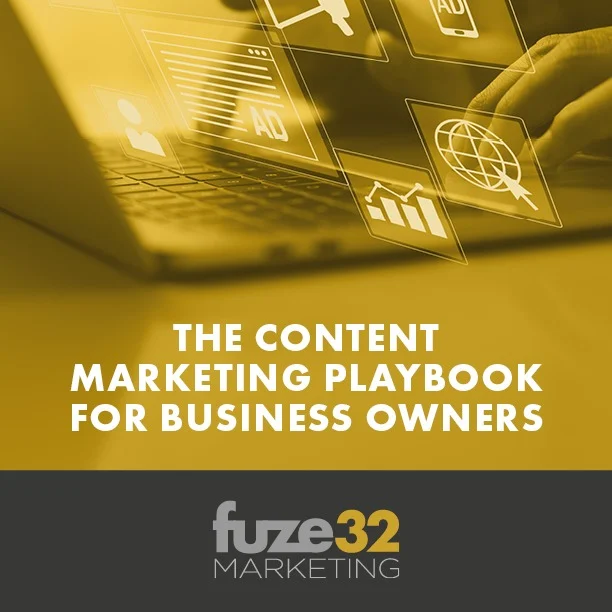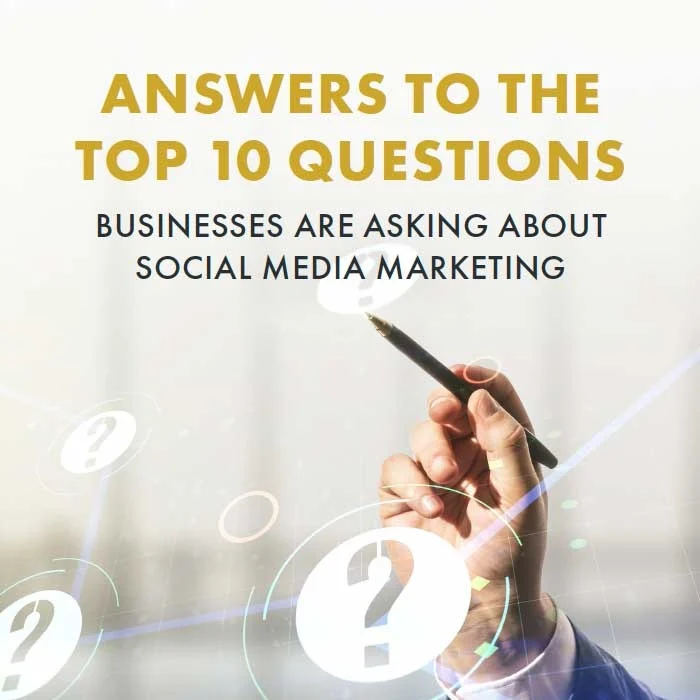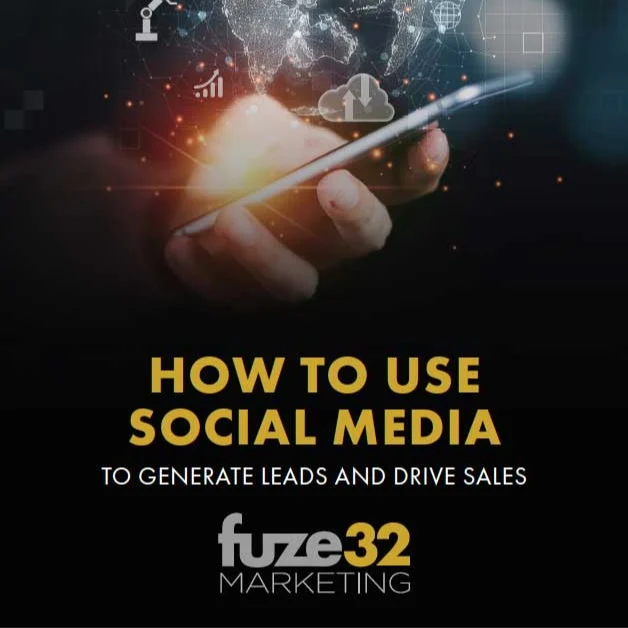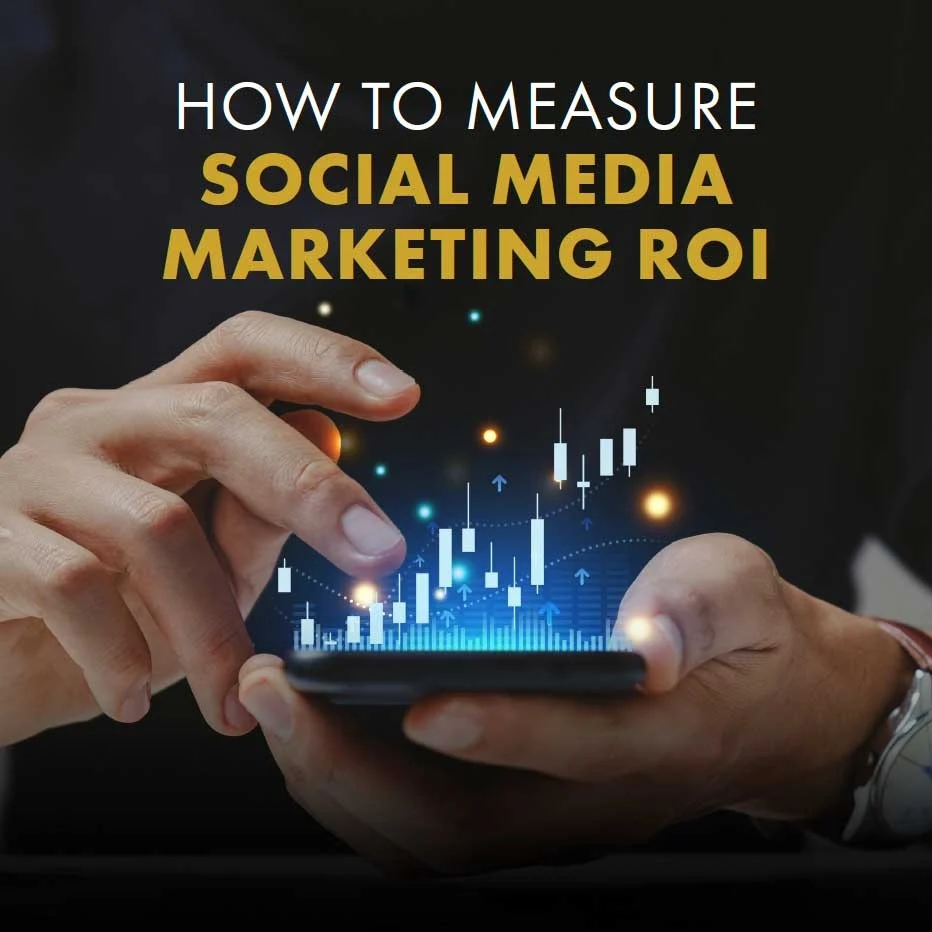Has your logo lost its luster and become downright dated? It's not uncommon. Most businesses take a "set it and forget it" approach to this major part of their identity. Often, they're afraid to change their logo in any way since it's become so familiar and so strongly associated with them.
To Change or Not To Change
If your logo is a good one, making tweaks to update the look yet sticking to the same well-known concept is important. Change too much and you lose trust. Change too little and you look old and outdated. Our head graphic designer here at fuze32, Tim Flanner, who's designed a legion of legendary logos for businesses big and small, events, local breweries, and more says he strives to create logos that are timeless, versus trendy. No small feat, given it's tough to predict the future.
The benefit to an updated logo is important when your audience demographics are changing...because understanding your target persona is WAY more important than changing just for the sake of change. Any time you make a change, there is a strategy involved...or should be. It’s not enough to simply change a logo. The logo is an iconic representation of your brand...and a brand is reinforced through every touch your business has with a consumer: your website, email templates, business cards, storefront, in-store layout and design, product and service selections, advertising messaging...everything. So...be aware that if you want to freshen and update your business with a new logo...but aren’t willing to pass your entire marketing bridge through the same car wash...you’re simply slapping a new coat of paint on a dilapidated building. Looks nice but accomplishes little in the long run.
Remember too, that your logo isn’t going to just live on a piece of paper. It has to become the Swiss-army knife of your marketing campaign. Your logo will appear on letterhead, on your website, in print and digitally, on vehicles, in magazines, on pens and koozies, on business cards and storefronts, folders and brochures, on signs and shirts, hats and jackets. In other words, make sure that it has versatility, and can be easily resized without losing strength. It should have variations that work well on almost any color of the background and in any format.
On the other hand, NOT changing up your logo — even a little — can have a downside: It can brand your business as not current or “with it.” When was the last time you changed your logo? If you have to pause longer than 5 seconds to answer that question, it might be time. There is something to be said for iconic classic logos that stand the test of time. We get it...maybe a simple facelift through a font change or color tweak is enough to bring your business into the 21st Century. This can make a big difference in how your business is perceived, since what's in style type-wise is always evolving, with new fonts being introduced every year. Modernizing your font is something to consider, and it doesn't have to be too monumental; a subtle shift can really have a large perceptual payoff.
Speaking of typefaces, your logo is kind of the "face" of your brand. Just like a human face, if it's memorable, attractive, and makes a positive impression, it's more likely to be remembered. And it also predisposes a person who “meets” it to like it and welcome it back when they next encounter it.
A Logo That Speaks for Itself
Many of the most iconic logos we know are exactly that: icons. Consider Apple, now easily one of the most recognizable logos in the world. Ingenious in its simplicity and so appropriate to the company name, it needed to be "seeded" (pun intended) because it didn't say what the company produced. The lesson here? If you want your wordless icon logo to truly become a stand-in for your brand, you have to be willing to spend big bucks on marketing it, and increase awareness. Another great example is Nike: The swoosh is now readily recognizable globally as Nike. But that didn't happen overnight and it didn't come cheap.
If your logo, when looked at by itself, causes a consumer to shrug their shoulders and respond with an “IDK”...then it may need a little support. Your positioning statement can come in and backfill when your logo leaves a little too much to the imagination. Smart marketing says the two should never be separated, kinda like salt and pepper at the dinner table. One day, your logo may be strong enough to stand on its own, but until then...tell the public what it means over and over and over and over...and over.
Color My World
Using consistent colors for your logo can ensure it has a familiar feel and help lessen the "shock" of an update and make your new logo still feel familiar. Consider those ubiquitous golden arches. Another excellent example is Pepsi.
On the flip side, Apple has undergone many color variations, with more likely to follow: Rainbow upon 1976 introduction (not even the original logo developed — Steve Jobs was unhappy with it and hired a new designer!), aqua version 2001-2007, translucent 1998, monochrome version 1998-2000, and the current chrome version.
Back in the day, trademarks — a precursor to logos — were not born out of any real marketing strategy. They were much more informational and straightforward, often simply ID'ing the company and its product or category. And they certainly weren't freshened up or fine-tuned. It was up to the artistic eye and ability of a printer to sketch, and the skill of an engraver to reproduce it.
That was the start of commercial art prior to it evolving into graphic design, long before the concept of "corporate identity. But it was a time when the letters GE transformed into what became possibly (along with Coca-Cola) the longest-lasting, virtually unchanged trademark in the country.
Who’s Buying It?
Logos are pretty critical, consumers even more so, and logo development and evolution is nothing to undertake lightly. So if you think of changing yours, give it careful consideration and weigh these pros and cons. But be smart. We suggest starting with audience analysis, as consumer trends change with time. Just because you like it doesn’t mean it will be a hit with your target consumers...and at the end of the day, that’s what it’s all about. Cool colors and trendy looks don’t mean much if nobody buys in.


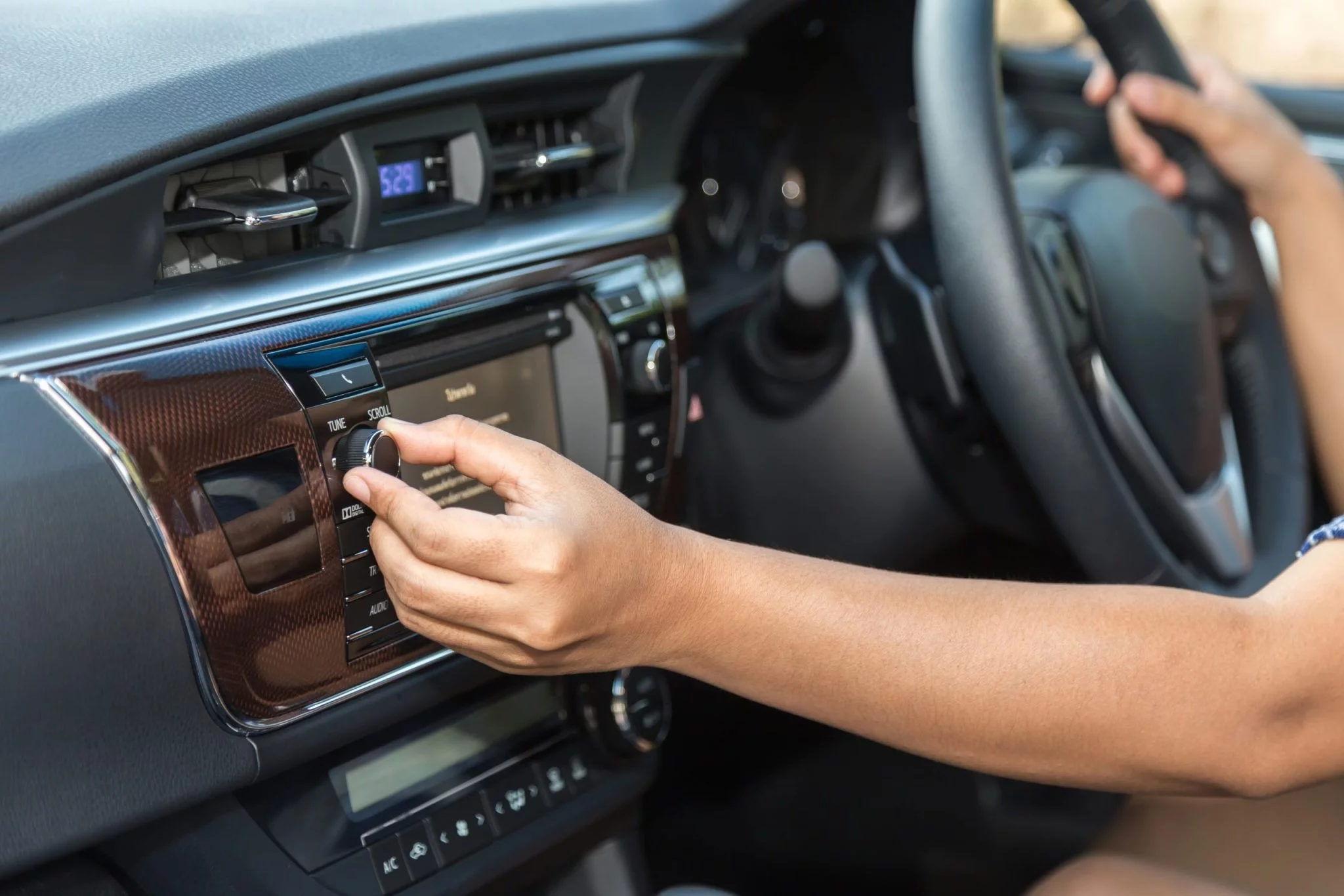
.webp)
